
The Parkhurst Co. Coils Conundrum; Private or Government Perforations? Volume 102 Number 4 $10 July/August 2023 | Parkhurst Co. Coils • Nassau Street, a Theme For a Collection • Pre-UPU Mail to Afghanistan • Auction Notes CollectorsClub Philatelist
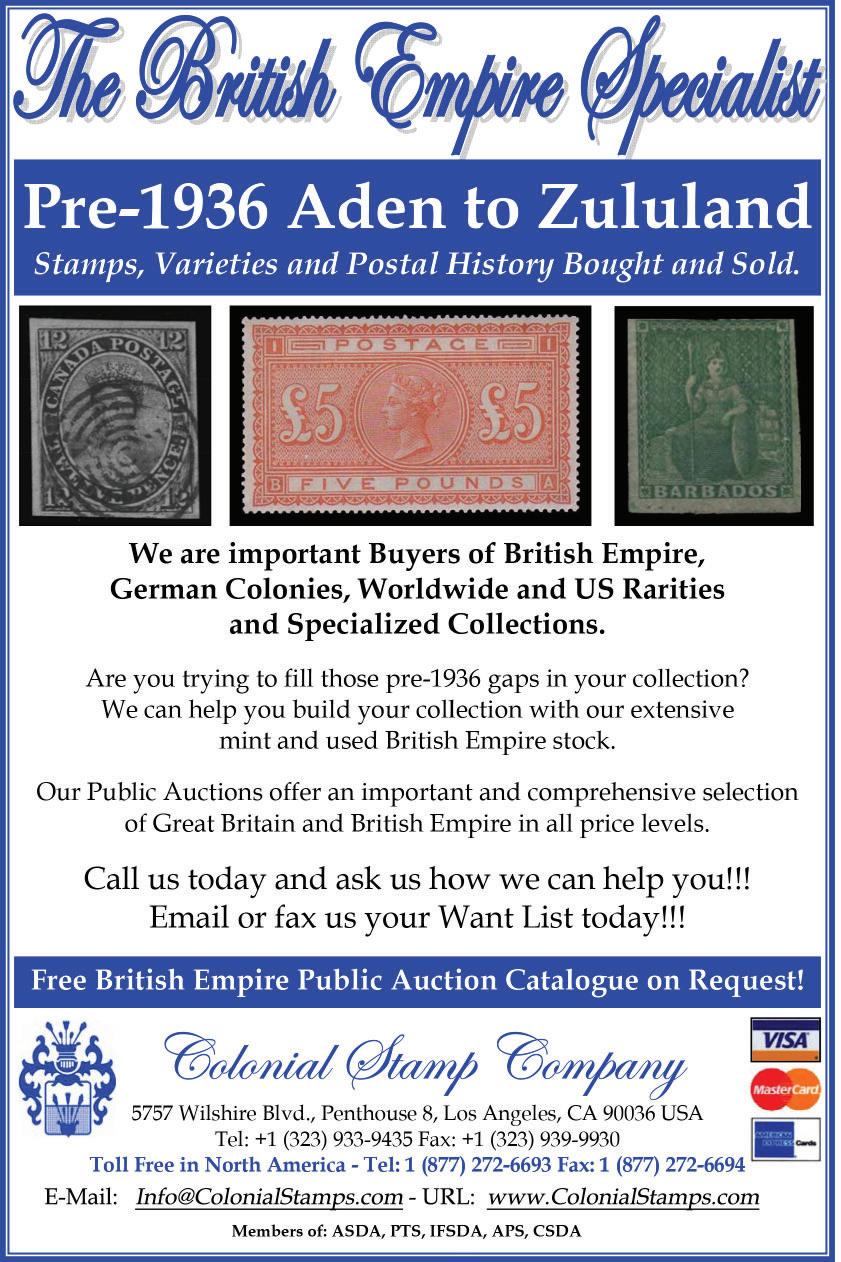
Editor: Wayne L. Youngblood wystamps@gmail.com
Layout and Design: Jason E. Youngblood jyoungblood@gmail.com
Publications Committee:
John Barwis, RDP
Robert Gray
James Grimwood-Taylor, RDP
Matthew Healey
Daniel M. Knowles, MD
Robert P. Odenweller, RDP
(member
Advertising Manager: Robert Gray robertgray@me.com
Book Review Editor: Dr. Luca Lavagnino, Europe
Editorial Correspondence: wystamps@gmail.com
Business Correspondence: 11 W 42nd St FL2, New York NY 10036-8008 Tel. (212) 683-0559
email: info@collectorsclub.org
Website: www.collectorsclub.org
Executive Secretary and Librarian: Andrea Matura collectorsclub@collectorsclub.org
Authors’ guidelines for the CCP are available from the editor.
July-August 2023
Volume 102, Number 4
The Collectors Club Philatelist
The Collectors Club Philatelist (ISSN 0010-0838) is published bimonthly in January, March, May, July, September and November by The Collectors Club, 11 W 42ND ST FL2, NEW YORK NY 10036-8008 A subscription to The Collectors Club Philatelist is included with dues paid by members of The Collectors Club. Subscription price for nonmembers in the United States is $70. Prices for foreign addresses and/or other classes of mail are higher depending on actual cost; consult publisher. Subscriptions for outside the United States should be paid in U.S. funds drawn on a U.S. bank. Back issues $9, including postage. For a complete list, write the publisher. Claims for undelivered issues will be honored only within six months of the date of publication. Beyond that, replacements will be provided at the single copy price. Periodicals class postage paid at New York, New York 10001 and additional offices. Office of Publication: The Collectors Club, 11 W 42ND ST FL2, NEW YORK NY 10036-8008 Copyright@ 2023 by The Collectors Club. All rights reserved. We do not give implied or other consent for copying for more than personal use.
Indexed in PhiLindx by E.E. Fricks and included in the article index of the American Philatelic Research Library and the Global Philatelic Library. The opinions and statements contained in the articles are those of the authors and not necessarily those of The Collectors Club, its officers or staff
Club Philatelist
POSTMASTER: Send change of address to:
The Collectors Club Philatelist, 11 W 42ND ST FL2, NEW YORK NY 10036-8008
Volume 102, Number 3
193
Collectors
Essential Elements: The Joy of the Journey by Richard A. Coffey 200 The Parkhurst Co. Coils Conundrum: Private or Government Perforations? by Scott R. Trepel 204 Nassau Street, a Theme For a Collection by Erik Mulder 226 Pre-UPU Mail to Afghanistan During the Third Anglo-Afghan War by Dickson Preston FRPSL 236 Noted in Passing on the Auction Block by Matthew Healey 248 Book Reviews: Seuchen und Handel –Epidemie e Commercio, Bolzano, November 2022 Review by Giorgio Migliavacca 252 Departments President’s Message. . . . . . . . . . . . . . . . . . . . . . . . . . . . . . . . . . . . . . . . . . . . . . . . 195 Editor's Notepad . . . . . . . . . . . . . . . . . . . . . . . . . . . . . . . . . . . . . . . . . . . . . . . . . . . 197 Letters to the Editor . . . . . . . . . . . . . . . . . . . . . . . . . . . . . . . . . . . . . . . . . . . . . . . . 198 Programs . . . . . . . . . . . . . . . . . . . . . . . . . . . . . . . . . . . . . . . . . . . . . . . . . . . . . . . . . . 198 Membership . . . . . . . . . . . . . . . . . . . . . . . . . . . . . . . . . . . . . . . . . . . . . . . . . . . . . . . 255 Index to Advertisers . . . . . . . . . . . . . . . . . . . . . . . . . . . . . . . . . . . . . . . . . . . . . . . . 256
emeritus)
THE COLLECTORS CLUB
11 W 42ND ST FL2, NEW YORK NY 10036-8008 (212) 683-0559
The Collectors Club is open Monday through Friday, 10 a.m. to 5 p.m. Please call ahead if intending to visit.
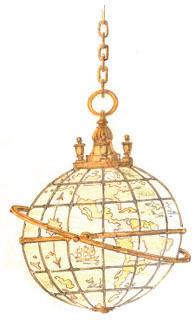
Officers
President Lawrence Haber
Vice President
Secretary
Robert Gray
Matthew Healey
Treasurer Roger S. Brody, RDP Chief Technology Officer
Class of 2023
Roger S. Brody, RDP
Vincent Cosenza
Joan Harmer
Kathryn Johnson
Behruz Nassre
Governors
Joan Harmer
Class of 2024
Ozan Gurel
Mark E. Banchik
Lawrence J. Hunt
Stephen Reinhard
Robert G. Rose
Class of 2025
Robert Gray
Lawrence Haber
Matthew Healey
Daniel J. Ryterband
Wade E. Saadi, RDP
The Collectors Club Philatelist is an international specialty journal serving the needs of hundreds of collectors worldwide. It serves as the journal of record for the Collectors Club as well as publishing stimulating and helpful articles for collectors of many levels and specialties. The Collectors Club Philatelist strives to publish accurate philatelic information and serves as a forum for communication among members of the Collectors Club.
194
May-June 2023
www.collectorsclub.org
President’s Message
Lawrence Haber
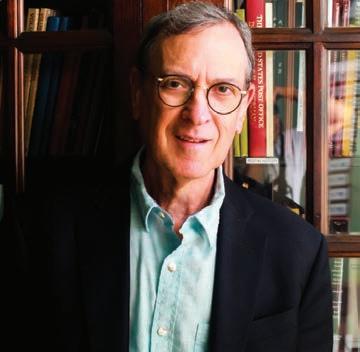
We will be one of the convening societies at Chicagopex this coming November. In addition to hosting a dinner, we will also be sponsoring a series of talks. When I approached one of our members, asking him to speak, his reply touched on his travel fatigue. He had recently attended Westpex. That was quickly followed by a trip for the joint U.S. Philatelic Classics Society/Royal event in London. There was his sojourn to Boxborough, and he looked ahead to further continued travels in pursuit of his multi-varied philatelic endeavors. Clearly, he had concerns, regarding more travel and had another commitment. My response to him was exactly what I would hope we would all want, specifically, asking him to consider the opportunity but no problem if he needed to decline. We totally understand.
Stepping back a bit and looking at this situation, I came to realize that, in many respects, we are back. The hobby, that is. Or, at least the public aspect of the hobby. The private aspect of the hobby had remained strong and gained strength during Covid. Shows – at least the strong ones – are up and running, and philatelic travel is on the rebound. This is good. At the end of the day, the personal contact and personal exchanges that occur in real time and space are essential for the long-term health of the hobby – in my opinion, that is.
Let’s ask a few questions that might arise about all of us getting fully back on track.

• When is the new clubhouse at 58 West 40th Street going to open?
We get estimated and projected dates, but we are dealing with the imponderables of construction in midtown and a building department that has outsourced the permit and inspection process to Franz Kafka. It will be in 2024; we hope early in 2024, but there are no guarantees in Kafka’s universe. As things proceed, we will update you.
• What are the Club’s plans for attendance at shows?
We have tried to increase our presence at shows. In addition to the annual Great American Stamp Show, we have recently been at the Sarasota, Westpex
195 Volume 102, Number 3 Collectors Club Philatelist
and Nojex shows. It is essential for us to be out there. Why? Because, to quote the first clause of our mission statement, “The Collectors Club brings members and friends together…” Looking forward, we will be a convening society at Chicagopex in November 2023 and at San Diego in February of next year. I would fully expect additions to this schedule as the year progresses.
• Will there be a Lichtenstein Awards dinner?

We last held a Lichtenstein Awards dinner in May 2022 at the Harvard Club. By all accounts, it was a splendid event. Attendance was excellent, and the food and ambiance of the venue was perfect. People truly enjoyed themselves. We took a bye on a dinner during 2023. To have proceeded would have put us into overload, given all the other tasks on our list.
But, we’re very pleased to share our plans to host a Lichtenstein Awards dinner on Wednesday, May 8, 2024. The location will be in midtown Manhattan and, although we have not yet selected a specific venue, you can rest assured it will be excellent and very special. The evening will be very special as we formally bestow the Lichtenstein award on Charles Verge, Randy Neil and Trish Kaufman. There may also be an additional award recipient by the time we reach May.
• I really enjoyed the Club’s single-frame event. It hasn’t been held for a while. Any plans for that competition to be resumed?
Between Covid and the relocation of the Clubhouse, the single-frame event has fallen by the wayside. We are looking at our options and we would hope to hold a SFE event later in the year.
Leaving these questions aside, you recently should have seen an email regarding the Lichtenstein Award nomination process. If you have someone you think is worthy, we urge you to submit the nomination. We want your participation.
Lastly, I hope you have a fabulous summer and that we will have a chance to meet either personally or virtually over the course of the next few months.
196 www.collectorsclub.org May-June 2023
Invite a another collector to attend the next online event of the Collectors Club.
Editor’s Notepad
Wayne L. Youngblood
Changes in the Wind For Stamp Shows?
We all know change is inevitible, as well as constant and ongoing. In philately, we’ve gotten used to many small changes we barely notice occurring over time that eventually lead to larger ones.
Without rehashing Covid, suffice it to say the pandemic more or less broke the traditional model of stamp shows as we knew it. Show attendance had already been slowly declining for years, but the abrupt halt to all shows for a year or more escalated that trend substantially. Some shows did not survive the pandemic and others are still struggling to make a comeback or simply survive. Attendance seems to be markedly down from pre-pandemic levels at most national- and regionallevel shows, making it even harder for show committees and the dealers who fund shows to meet expenses. Even exhibiting participation appears to be down.
There are multiple reasons for the longer-term trend of shows beginning to falter, ranging from aging-out volunteers to simple mismanagement or inability to work well with others. But the prime culprit bringing this to the forefront, in my opinion, is that most of us learned, through a rapid and near-complete cessation of external activities, that staying home is okay, and that many hobby-related activities can be satisfactorily experienced through the use of the computer.
In fact, the computer literacy of the collecting community, which frequently lagged behind national averages, exploded. The amazing foresight and vision of the Collectors Club proved this admirably through its exceptional attendance of online Club meetings – something that has become a permanent and popular part of post-pandemic CC offerings.
But what about the shows? With online buying and selling at greatly increased levels, as well as the very real fact that targeted and specific searches for material yield solid results, the very existence of many shows would appear to be sufferring an existential crisis, with no short-term solution in sight.
While this may seem to be a gloomy forcast, it is not. We have the opportunity to help shape the future of this public face of our hobby activities.
There is no subsitute for the “browse factor” – that ability to graze sales books and cover boxes and find those things you didn’t even know you “needed.” I believe this alone will help stamp shows survive indefinitely.
However, rather than awaiting the natural attrition of those shows that are not strong enough to survive long term (while weakening others), would it make sense to consciously choose a select number of shows, representing different geographical areas, and throw more concentrated support – financial and manpower – behind them? It certainly bears thinking about. What are your thoughts?
197 Volume 102, Number 3 Collectors Club Philatelist
Letter to the Editor:
I have never written a letter to the editor of the Collectors Club Philatelist, until now. WOW! Richard A. Coffey’s Essential Elements, “Ghosts of the Postal Past” has got to be the finest piece of postal history writing of this or any other century. He has captured perfectly what we do and why we do it, going far beyond “rates and routes.”
The best adjective I can think of to describe his style is eloquent. I suggest a short bio on him in a future issue of the CCP would be welcome, along with another article from his talented pen ...
— Joe Crosby via email
Joe, thank you very much for your letter, as well as your very kind comments regarding Coffey’s piece (CCP, May-June 2023, pp. 140-42). Some pieces simply seem to sing, enabling them to truly touch many of those who read them. I, too, very much enjoyed this contribution to our journal.
This particular article was not Coffey’s first to Essential Elements, nor will it be his last. Another appears in this issue, beginning on page 200.
While we won’t necessarily have an installment in every issue (this ongoing feature is, after all, completely dependent upon member participation), Essential Elements was created with the idea that members simply share “special” items from their collections (based on any criteria they wish), to help enable us to get to know each other and others’ collecting interests better. I think that goal has been accomplished ably.
Submissions for Essential Elements are always warmly welcomed!
Collectors Club Programs 2023
July-August Summer Recess
Sept. 6 Touch Me, Feel Me, Smell Me, Scratch Me, Taste Me, Plant Me, Hear Me, Ross Towle
Sept. 20 The Frontier Wars – South Africa, Jan Hofmeyr
Oct. 4 Our Hobby’s Future
Oct. 18
Rhodesia Missionary Mail, Mark Loomis
Nov. 1 NYC Foreign Mail, Nick Kirke
Nov. 15
Dec. 13
FAM 22, Gordon Eubanks
Denmark, Birthe and Chris King
More details found at www.collectorsclub.org/events
— Wayne
198
www.collectorsclub.org May-June 2023
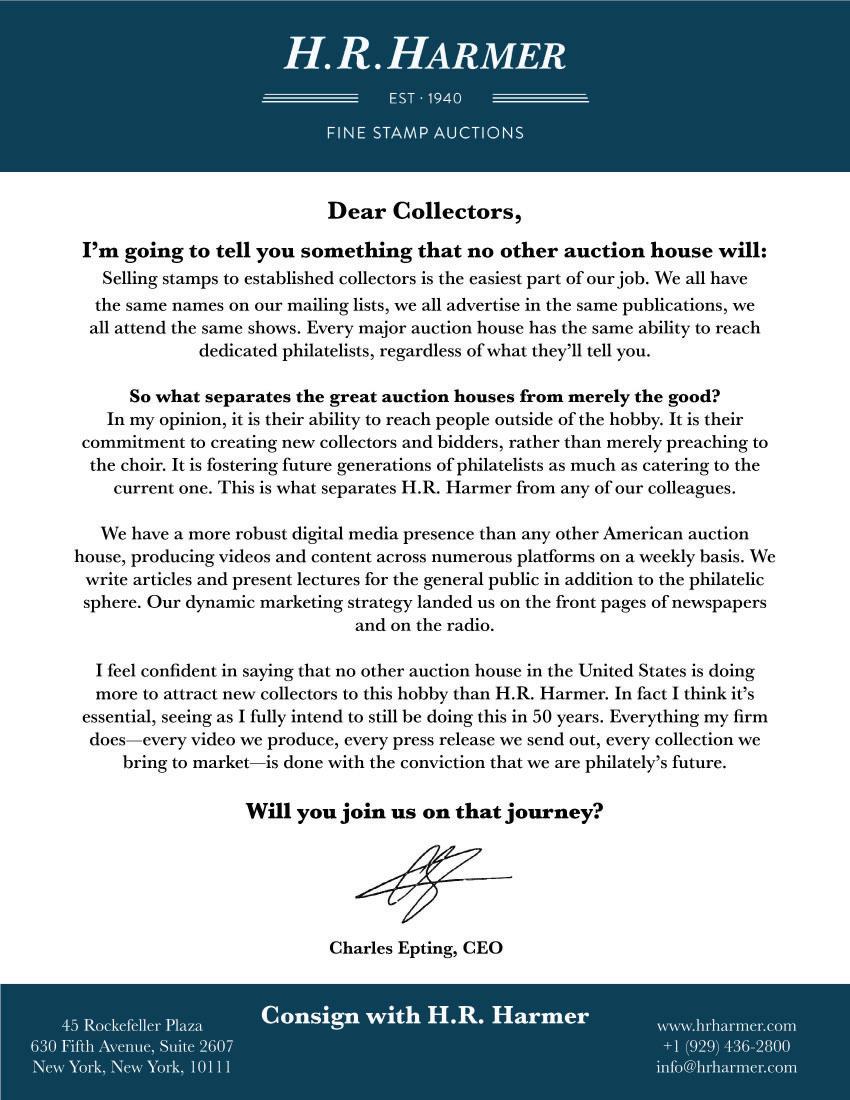
199 Volume 102, Number 3 Collectors Club Philatelist
Essential Elements The Joy of the Journey
Richard A. Coffey
When my mother filled her final book of Gold Bond trading stamps during the summer of 1951 and returned from the redemption center one day with a brand new Kenmore toaster, I was overjoyed at the prospect of redeeming my obviously superior postage stamp collection, consisting of the complete Presidential issue, circa 1938. So I visited my local dealer for an appraisal.
No toaster.
I wouldn’t say that I lost interest in completion that day, nor did I lust for trading stamp treasure, but the experience did temper my expectations of becoming wealthy as a stamp collector. Still, I was fully engaged in acquiring postage stamps and arranging them in fantastic ways that avoided collecting high values, which, in an amazingly short period of time, produced a remarkably uninteresting collection.
Stamp collecting, like learning to play Chopin etudes, requires an investment of time. And, whereas Chopin sounds better with a bit of musicality, philately thrives on curiosity, some healthy impatience and the burning desire to cross the finish line. Completion.
And, though it will be our time as collectors that will be remembered as a treasured journey, it is – in fact – completion that drives the hobby, and a few of us into therapy. Recently, I completed Series II of Sudan’s, Camel Postman series by acquiring, for a few bucks, a fair example of Scott 26. Of course, this tidying up of my now 70-year-old collection contributed nothing to its value but the morning after I hinged that long-absent stamp into its place in my book, I felt exhilarated. I felt I had finally taken an enormous step forward in my philatelic life, vindicated – and perhaps atoned – for the years that I had allowed a cheap empty space to exist in my album. I showed my wife the finished page.
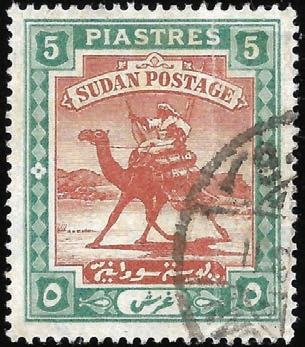
No toaster.
So, apparently completion is something that we learned to appreciate back in the day when we bought printed albums and we expected H.E. Harris to
200 www.collectorsclub.org May-June 2023
provide fresh and exciting approvals repetitiously. We bought short sets and hunted for the missing values. We stalked dealers, traded with club members and, finally, joyfully bid beyond our budget for elusive stamps at auctions – all in the name of completion.
Quite often these days we see lifetime collections bundled for sale. Many of these offerings are beautiful beyond words – all of them are legacies of a woman or a man who devoted some of the best hours of their lives in response to their curiosity, in repose and with discipline, though impatient, they began many journeys and crossed many finish lines.
I am still haunted by the memory of passage through a forest on board a train in the 1950s returning to boarding school from the Christmas holidays. Twilight had come and the passing birch trees reflected the last light of day. For 20 minutes we rolled through the forest, clickity-clack, clickity-clack, while I sat transfixed by the window, watching the woodland melt into the night. And then in the amber glow of the coach, I began to see myself, my reflection in the glass: a bewitched schoolboy rolling mile upon mile further from home further from childhood. I sat frozen in my seat with my stamp album, a short set of King George V 1924, and a pack of hinges in my lap feeling the beginning of my journey.
Did you know...
...that there are many CC meeting presentations available to members on our website?
www.collectorsclub.org
You don’t have to live in Manhattan to be an active, involved and happy member of the Collectors Club.
This is just one of the many, many member resources available to you!

201 Volume 102, Number 3 Collectors Club Philatelist
CORINPHILA – YOUR CO WILL BE IN THE BEST CO M
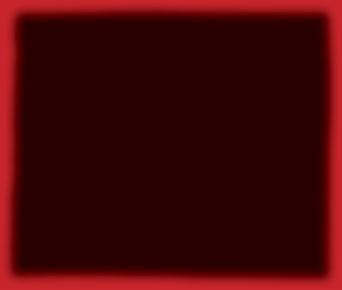
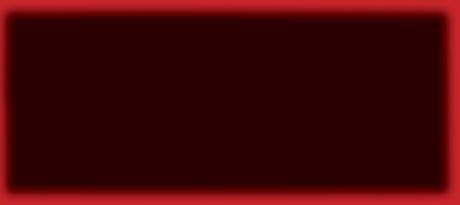
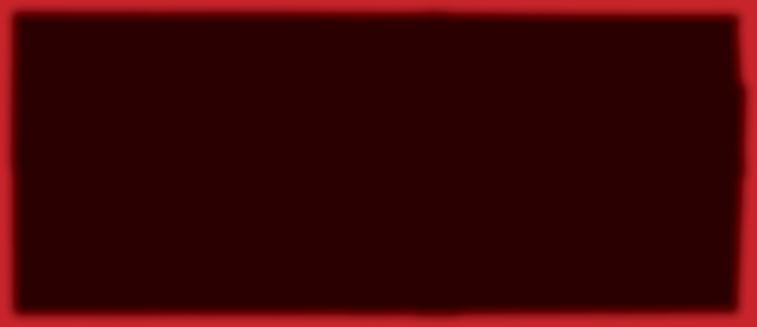
OUTSTANDING RESULTS! THE CORINPHILA JUNE 2023 S THE CONTINUING HEALTH OF THE INTERNATIONAL PHILATELIC M
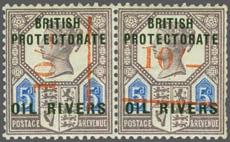
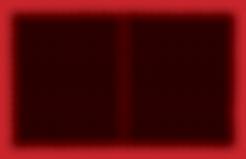
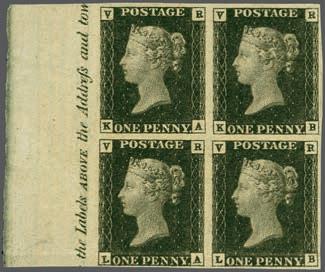
Provenance:
Dublin Find (1899)
Plumridge & Co.(1901)
Earl of Crawford (1911)
R.B. Sparrow / Charles Nissen (1912)
Edward Granger (ca. 1960)
Robson Lowe (1960s)
* CHF 73‘200.-
* USD 80,520.-
* CHF 29‘280.-
* USD 32,208.-
Provenance:
Philipp von Ferrari (1922)
Harmers of London (1995)
* CHF 53‘680.-
* USD 59,048.-
* CHF 43‘920.-
* USD 48,312.-
Provenance: Colonel J.R. Danson (1971)
Rossi (2005)
* CHF 48‘800.-
* USD 53,680.-
Provenance: Thomas Bull auction (January 1890)


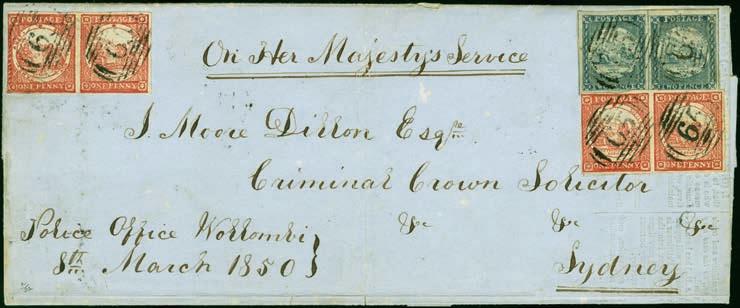
Sir Andrew Clarke (1962)
Lars Amundsen (1967)
W.R.D.Wiggins (1981)
”Manwood” (1995)
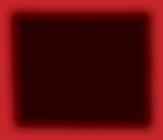
* CHF 36‘600.-
* USD 40,260.-
CORINPHILA AUCTIONS – A TRADITION OF SUCCESS
As the oldest stamp auction house in Switzerland, situated in the international financial centre of Zürich, we at Corinphila Auctions really know the market.

The most specialised philatelic knowledge, fastidious presentation and an international customer base with strong purchasing power guarantee the highest prices.
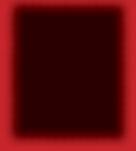
MPANY

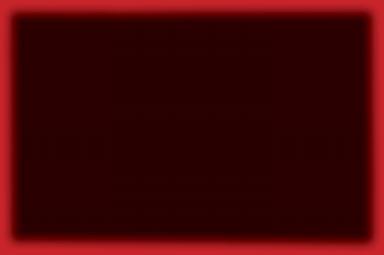
SALE DEMONSTRATES
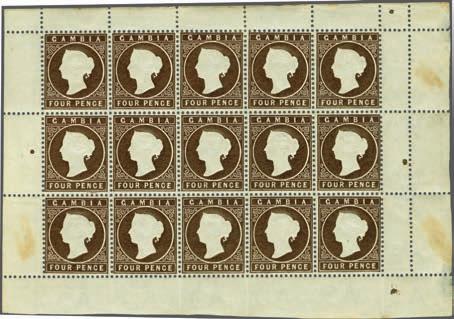
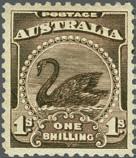
CONSIGN NOW !
Next Corinphila Auction:
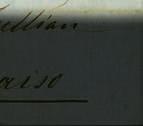
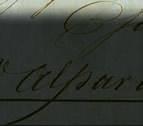
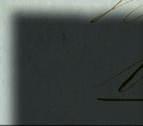

27 November – 2 December 2023

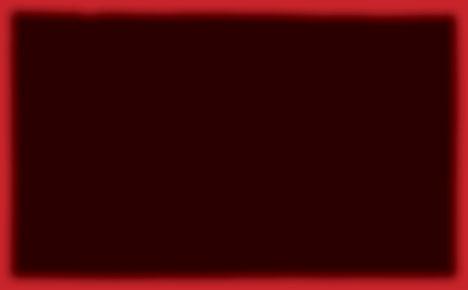
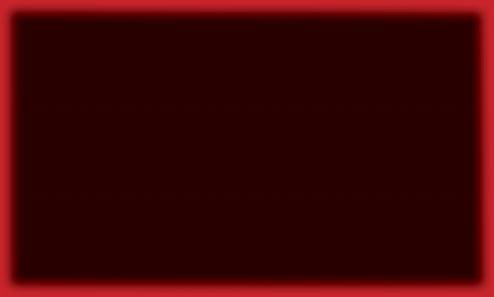
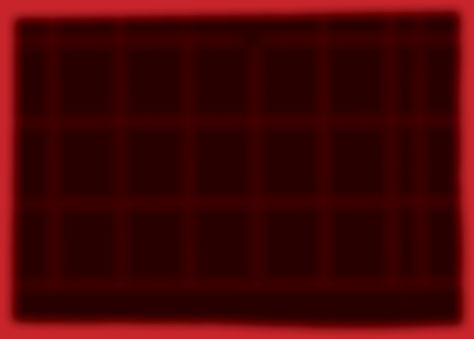





Separate ‚hard bound‘ Auction Catalogues for ‚one country‘ or ‚single owner‘ a specialty

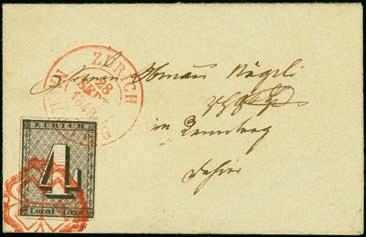
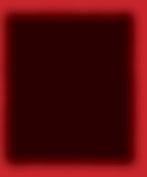
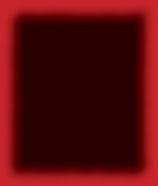
We are quite willing to discuss larger holdings in your own home.
Latest date for consignments: 5 September 2023
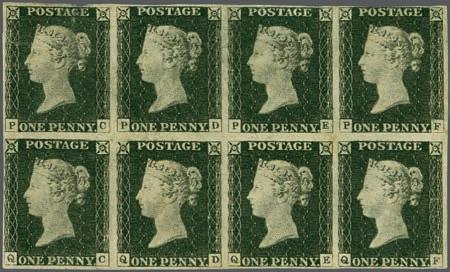
Founded in 1919 CORINPHILA AUKTIONEN AG WIESENSTR 8 · 8032 ZURICH · SWITZERLAND Phone +41-44-3899191 www.corinphila.ch CORINPHILA VEILINGEN BV AMSTELVEEN ∙ NETHERLANDS Phone +31-20-6249740 · www.corinphila.nl O
O
NSIGNMENT
MARKET * incl. buyer‘s premium, currency exchange rates correct in June 2023
Chocolate!
Provenance: 72. Corinphila sale (1985)
* CHF 31‘720.-
* USD 34,892.-
* CHF 46‘360.* USD 50,996.-
Provenance: Harmers of London (1979)
Provenance: Estate of Agar Wynne (1914), Franklin Burdett (1938), Jack Cato (1950), Herbert McNess (1979), Les King (1979),
* CHF 73‘200.-
* USD 80,520.-
* CHF 67‘100.* USD 73,810.-
Provenance: Maurice Burrus (1963)
* CHF 58‘560.-
* USD 64,416.-
The Parkhurst Co. Coils Conundrum: Private or Government Perforations?
Scott R. Trepel
The use of coin-operated vending machines at the start of the 20th century to dispense a variety of products inspired United States postal officials to consider using machines to sell postage stamps. In 1905, a committee formed by the U.S. Post Office Department (USPOD) concluded that the “adoption of Automatic machines for the sale of stamped paper would not, for the present, be advantageous.”
Deterred, but not disheartened, they continued to explore the idea. The benefits of vending machines were described in the June 30, 1907, report by Postmaster General George von L. Meyer:
Their use in Post-Office lobbies will afford an all-night service to the public with no expense for clerk hire, and their use in post-office stations, hotels, railway stations, news stands, department stores, and drug stores will add immeasurably to public convenience.
While postal officials were showing interest in adopting vending machines for stamp sales, private individuals and businesses were inventing and patenting mechanisms needed to dispense stamps and to protect against theft and fraud (including the use of slugs or foreign coins). Their goal was securing a lucrative government contract to have their machines installed in post offices around the country.
The USPOD conducted another survey of available technology in October 1907 in Washington, D.C. According to newspaper accounts, there were 27 models (and 15 other design concepts), including one German, one British, two Canadian and 23 American. From this field of contenders, six were selected for further testing in 30-day trials. Third Assistant Postmaster General A.L. Lawshe reported on June 30, 1908:
The committee, appointed by the Postmaster General last year to investigate and report upon stamp vending machines, examined about twenty-five machines which were submitted for the purpose. Of these six were found to have sufficient merit to warrant further experiments, and the owners were given permission to install machines in their home post offices, without expense to the department, for a thirty day practical test. The owners of five of these machines have responded and tests have been made at the post offices in Baltimore, Minneapolis, New York and Washington while the fifth machine is now undergoing test at Indianapolis. While the machines tested have not been so perfected as to give wholly satisfactory results, the experiments have been sufficiently encouraging to justify continuance of the investigation, and to that end the committee has been directed to resume its labors.
204 www.collectorsclub.org May-June 2023
Based on the cities listed in this report, it is surmised that the five manufacturers authorized to test their machines were the following:
Company Location Stamp Type
American Stamp and Ticket Vending Co.
Washington, D.C.Government perf coils
International Vending Machine Co. Baltimore, Md.Govt./private perf coils
The Parkhurst Co.Indianapolis, IndGovt. imperf/perf coils
Thexton Stamp-Vending Machine Co. Minneapolis, Minn.Envelope packets
U.S. Automatic Vending Machine Co. New York, N.Y.Private perf coils
In its final decision, the USPOD chose the U.S. Automatic Vending Machine Co. (USAV) as the best product, but never purchased any of the machines and abandoned the concept of installing any stamp-vending machines in post offices for the next 30 years. Philatelic authors have speculated that the need to use privately perforated coils in the USAV machines deterred postal officials from entering into a contract.
The Parkhurst Co.
The founder of The Parkhurst Co. was Layton M. Parkhurst, shown in Figure 1. According to his military biography, Parkhurst was born in 1876 in Franklin, Ind. He engaged in the drug business at Lebanon, Ind., until the outbreak of the Spanish-American War. In 1899 he was promoted to second lieutenant of Company D, 161st Indiana Regiment. In 1900, Parkhurst and a partner, John B. Morrison, declared bankruptcy in a business they operated (Indianapolis Journal, July 18, 1900). An online genealogy listing gives his year of death as 1964.
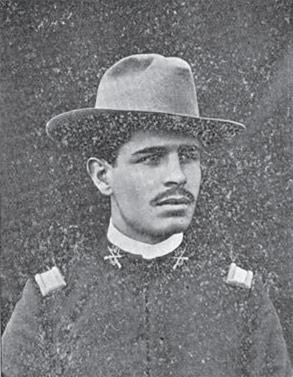
Parkhurst operated under the names The Parkhurst Co. and The Paringo Sales Machine Co. The myriad Parkhurst patent applications, renewals and grants begin with a June 19, 1906, application for a “Machine for Handling Articles.” His stamp-vending machine patent can be traced Remember
When buying material from advertisers, please let them know you saw their ad in the CCP. They support both the hobby and your journal!
205 Volume 102, Number 3 Collectors Club Philatelist
...
Figure 1. Layton M. Parkhurst.
to an application on March 31, 1908. His application for a “Machine for Preparing Rolls of Postage Stamps” was made on Aug. 14, 1908. These are the dates relevant to Parkhurst’s coil stamps.
The patent drawing for the Parkhurst stampvending machine is shown in Figure 2. It was designed to dispense 1¢, 2¢ and 5¢ stamps, with each denomination contained in its own module. The user inserted a coin or coins into the slot, pulled the lever and the stamp would emerge through the opening. A pressure device allowed the user to tear off the stamp from the coil roll.
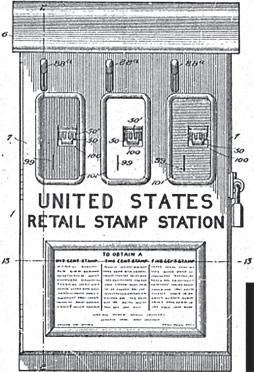
A March 1908 advertisement offering treasury stock in The Parkhurst Co. is shown in Figure 3. It reveals much about Parkhurst’s strategy at the time he was competing for a USPOD contract. It also has an important name among the company officers and directors – William Pirtle Herod – who was responsible for mailing the cover shown in Figure 8 (I will say more about this cover later).
Parkhurst claimed that two features gave his machines significant advantages over his competitors’ products, thus ensuring the bright future and profitability
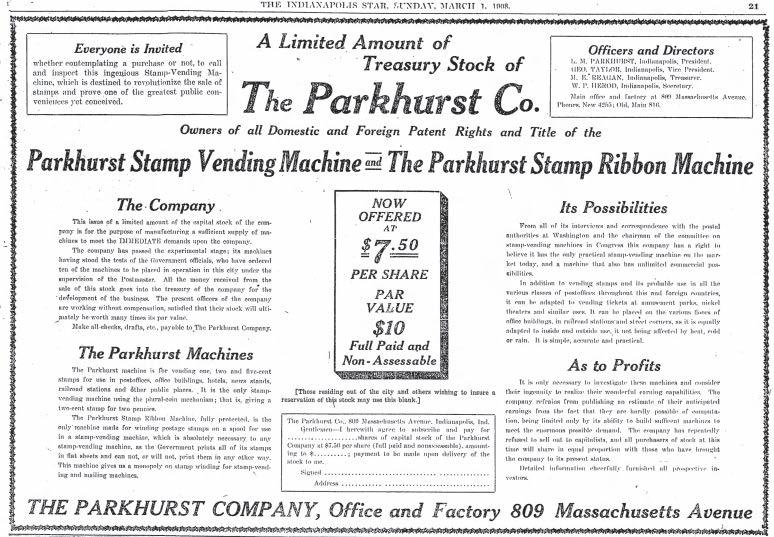
206 www.collectorsclub.org May-June 2023
Figure 3 (below). Parkhurst Co. advertisement from The Indianapolis Star, March 1, 1908, offering treasury stock at $7.50 per share and listing the officers and directors, including William Pirtle Herod, who mailed the cover shown in Figure 8.
Figure 2. The Parkhurst machine.
of his startup company. The first was the “plural-coin mechanism,” which enabled the user to put two 1¢ coins in the slot and receive one 2¢ stamp, which was indeed a useful innovation. The second was his “Parkhurst Stamp Ribbon Machine,” a patented device he used to glue sheets of stamps together along the margins and strip them into uniformly spaced coils. The Parkhurst ad boasts:
The Parkhurst Stamp Ribbon Machine, fully protected, is the only machine made for winding postage stamps on a spool, for use in a stamp-vending machine, which is absolutely necessary to any stamp-vending machine, as the Government prints all of its stamps in flat sheets and can not, or will not, print them in any other way. This machine gives us a monopoly on stamp winding for stamp vending and mailing machines.
Parkhurst had visited Washington and met with postal officials months before this ad was written, so he knew the USPOD would furnish rolls of coils to his company and others involved in testing their machines. In this detail, Parkhurst was deceitful. He also claimed that his machine was “fully protected,” meaning protected by a patent, but this claim in a March 1, 1908, advertisement was more than five months before Parkhurst filed his application for a patent on Aug. 14, 1908. In modern times, making such claims while promoting a company’s stock might draw SEC scrutiny.
Despite Parkhurst’s exaggerated claims, he did indeed qualify for the USPOD 30-day trial. Prior to a newspaper report dated Sept. 4, 1908, a Parkhurst machine was installed inside the Federal building in Indianapolis (Lake County Times, Sept. 4, 1908). Photos of Parkhurst and his machine (published in March 1908) are shown in Figure 4, and the Federal building is shown in Figure 5.
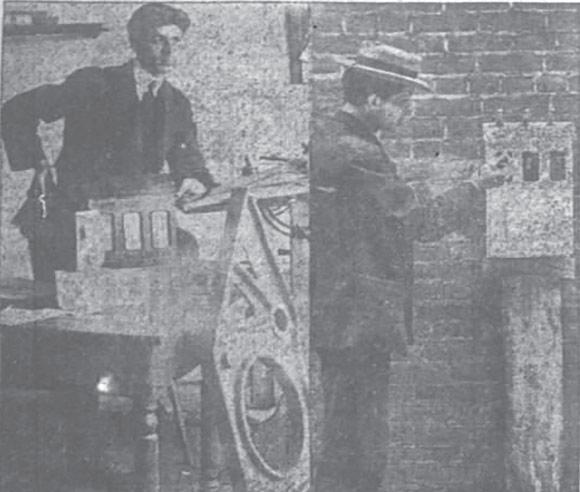
207 Volume 102, Number 3 Collectors Club Philatelist
Figure 4. Layton M. Parkhurst is pictured with his machines in a photo published in Indiana newspapers in March 1908 at the time he was promoting his company to attract investors and secure a USPOD contract.
The two questions this article will attempt to answer are: (1) exactly what kind of stamps did Parkhurst use in his machines? and (2) were the 1¢ vertical coils dispensed from Parkhurst’s vending machines perforated by the government or by Parkhurst?
The Parkhurst Coil Stamps
Based on official USPOD correspondence located by Ken Lawrence and shared with me, it can be established that Parkhurst met with postal officials and ordered 200 rolls of coil stamps, 1,000 stamps to a roll. The memorandum from the USPOD records reads:
Jan. 24, 1908
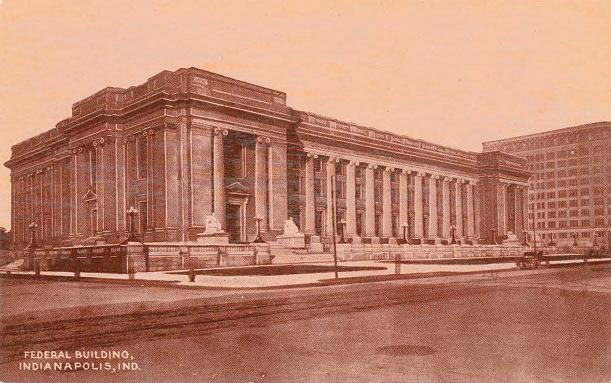
File with P.O.D. #25
This Office is in receipt of a letter from the Chairman of the Committee on Stamp Vending Machines reading as follows:
I have the honor to transmit herewith correspondence relative to the Parkhurst vending machine, and the preparation of stamps for that purpose. This machine does not require that stamps be rolled on spools and all that will be necessary will be to put them up 1,000 in a roll without core. In beginning the roll, however, a blank strip of paper 5-3/8 inches long should be used. This in order that the last stamp may be vended by the machine. I inclose a couple of samples furnished me by Mr. Parkhurst, showing the blank strip of paper with which to begin the roll, and advise you that the stamp is vended endwise.
All correspondence is returned for your information. As I understand it the Parkhurst Machine Company expects to furnish us with ten machines, each one of them vending a one-cent, a two-cent and five-cent stamps. Of course, it will be
208 www.collectorsclub.org May-June 2023
up to date
Figure 5. Postcard photograph of the Federal building in Indianapolis, where Parkhurst’s vending machine was tested in September 1908.
Keep
with what’s happening in our club: www.collectorsclub.org
impossible to furnish a sufficient number of stamps for all these machines in the limited time now available, if they are to be put up by hand. It is suggested, however, that we be furnished with about 200,000 stamps for these machines.
The following correspondence is inclosed: Acting Third Assistant Postmaster Genl. January 9, Mr. F. E. McMillan; Mr. McMillan, January 15, to Mr. Wm. P. Herod, Indianapolis, Ind.; Mr. P. V. Skillman, January 18, to Mr. L. M. Parkhurst.
The 200,000 stamps to be prepared should be made up 80,000 of one-cent, 80,000 of two-cent and 40,000 of five-cent.
Respectfully,
A. L. Lawshe
Third Asst. Postmaster Genl. Inclosures
There is a nine-month lapse between the Jan. 24, 1908, date of this USPOD memorandum and the start of the September 1908 trial in Indianapolis. It is during this period Parkhurst advertised his company and machines, and placed publicity photos and stories in the Indianapolis newspapers. Also during this time, competing machines were being tested in other cities.
In another USPOD memorandum furnished by Ken Lawrence, dated Feb. 13, 1908, it is documented that rolls of government perforated coils were sold to the German vending machine company, Abelsche-Postwertzeichen-AutomatenVertriebsgesellschaft, which operated in the United States under the name The American Stamp and Ticket Vending Co. (ASTV), represented by Henry (Heinrich) Wollheim. The memo states that Wollheim needed 50,000 each of 1¢, 2¢ and 5¢ stamps, “wound on rolls or spools each containing a single strip of 1,000 stamps, to be prepared according to instructions heretofore given you.” In a telling note, the memo states, “It is desirable to have these stamps furnished at once, also to have them prepared under the supervision of Mr. Woolheim [sic] himself, or of one of his representatives ...” ASTV needed the stamps for its 30-day trial at the Washington, D.C., post office, which took place in mid-February 1908.
The five-month delay in Parkhurst’s trial and Wollheim’s desire to have a representative present while their coil rolls were manufactured leads to a logical, but still speculative, conclusion that companies using the hand-stripped coils in their machines were experiencing technical problems. If not stripped uniformly, or if the tension of the mechanism caused stamps to break apart, the machines could get jammed.
Returning to the questions posed in this article, exactly what stamps were used in the Parkhurst machines? To answer this, we should first look at the imperforate and perforated coils produced in 1908, using stamps of the 1902-03 designs: the 1¢ Franklin, the 2¢ Washington Shield type, and the 5¢ Lincoln. All of the stamps used by Parkhurst were rolled into vertical coils, referred to at the time as “endwise” coils.
209 Volume 102, Number 3 Collectors Club Philatelist
The vertical coils with government perforations are as follows, ranked in terms of rarity:
2¢ Washington Shield, Type I, Scott 321: five pairs with original gum (including one in the Miller collection at The New York Public Library); one used alone on cover dated Indianapolis Oct. 2, 1908; and one used with a 5¢ vertical imperforate coil pair on cover dated Indianapolis Dec. 20, 1908.
1¢ Franklin, Scott 316: seven pairs, three line pairs, five singles, all unused with original gum; and (if my conclusions are correct) the two singles on the postcards shown in Figures 10 and 11, dated Indianapolis Sept. 27 and Nov. 25, 1908, respectively.
5¢ Lincoln, Scott 317: the most common of the three vertical coils, no census of unused stamps has been made; one pair used with regular 2¢ stamp on cover is recorded, PFC 2161, dated Indianapolis Sept. 13 (or 18 – the date is difficult to read), 1908, noted by Howard as having Parkhurst feeder marks.
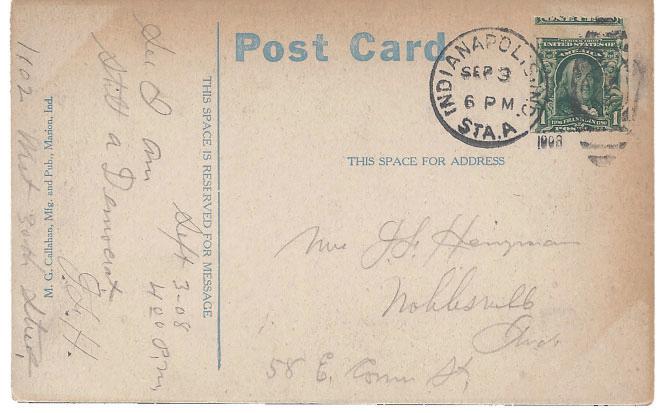
The imperforate vertical coils of the 1¢ (Scott 314V) and 5¢ (Scott 315 – unlisted as an imperforate coil) were definitely used by Parkhurst. Whether they were supplied to Parkhurst in that form or made into coil rolls on his patented “stampribbon” machine, using imperforate sheets, is unknown. I have no record of a 2¢ imperforate vertical coil that can be definitely tied to Parkhurst.
To gain a better understanding of what Parkhurst-vended stamps look like, I will show examples on and off cover.
210 www.collectorsclub.org May-June 2023
Figure 6. A 1¢ imperforate vertical coil (Scott 314V) dispensed from a Parkhurst machine and used on a postcard postmarked at Indianapolis Station A, Sept. 3, 1908, which is the earliestrecorded use of a Parkhurst-vended stamp – the start of the 30-day trial of a Parkhurst machine, installed inside the Federal building, was reported in the Lake County Times, Sept. 4, 1908.
The postcard pictured in Figure 6 has a 1¢ imperforate stamp that was dispensed from a Parkhurst machine and postmarked at the Indianapolis Station A post office on Sept. 3, 1908. The Lake County Times, Sept. 4, 1908, reported:
The Parkhurst stamp vending machine which was placed in the main corridor of the Federal building at Indianapolis this week has attracted much attention. It will be given a thirty day test and if it is satisfactory may be adopted by the United States government.

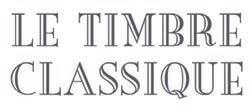
The use of an imperforate coil in this test machine at this stage indicates Parkhurst was experimenting with different forms of coils. It is impossible to know if Parkhurst manufactured the coil roll himself or received it from the USPOD.
A pair of the 1¢ imperforate vertical coil (Scott 314V) is shown in Figure 7. This pair is specifically noted in the Scott Specialized Catalogue of United States Stamps & Covers as the only verified example of 314V, but singles used on postcards are recorded. The pair has the leader paper still attached at top. This paper was necessary to ensure that the end stamps would feed through the slot.


The most significant of all Parkhurst covers is shown in Figure 8. The story of its origin and journey through philatelic hands is fascinating, but first I will explain its importance.
The corner card at upper left belongs to William Pirtle Herod, an attorney from a prominent Indianapolis family who served as the Parkhurst Co. secretary. This legal-size envelope is addressed to Arthur M. Travers in Washington, D.C. Travers was promoted around this time to acting third assistant postmaster general after serving as chief clerk to A.L. Lawshe before the latter’s breakdown and resignation. In 1911, Travers earned philatelic notoriety when he was arrested in connection with the Steinmetz-Travers Bluish Paper scandal.

211 Volume 102, Number 3 Collectors Club Philatelist
31,
Switzerland ◆ info@letimbreclassique.com ◆ www.letimbreclassique.com Anders
Spring Auction in Geneva, Switzerland May 23 to 25, 2023 including classic Switzerland and the ‘Martin’ Collection of airmails request your catalogue now
Figure 7. A 1¢ imperforate vertical coil (Scott 314V) with the leader strip required for use in vending machines to ensure that the end stamps would feed through the dispensing slot. The Scott U.S. Specialized notes that this is the only recorded pair.
route de Troinex 1234 Geneva,
Thorell 011 41 78 717 82 94 Geneva Office 011 41 22 760 11 11
Figure 8. A 5¢ imperforate vertical coil (Scott 315 – unlisted as an imperforate coil) and 2¢ vertical coil (Scott 321) used on a cover from William Pirtle Herod, the Parkhurst Co. secretary, to Arthur M. Travers in Washington, D.C., dated Indianapolis Dec. 20, 1908; these stamps are clearly linked to Parkhurst, and they were either dispensed by a machine or came from rolls in Herod’s possession. The note shown here was attached to the cover by Travers, who recognized the rarity of the 5¢ imperforate stamps, but failed to understand the even greater rarity of the 2¢ vertical coil.
Travers’ interest in stamps is reflected in a note he affixed to this cover, which reads: “Note the 2 imperforate 5¢ stamps. Only 13,000 of such were issued and less than 10,000 were used for postage purposes. A.M.T. Dec 21, 1908.” It is noteworthy that Travers did not point out the much rarer 2¢ coil (Scott 321) on this cover.


The vertical format of the imperforate 5¢ stamps and existence of an off-cover paste-up strip postmarked at Indianapolis (in the Miller collection at The New York Public Library) leads to the conclusion these were cut from an imperforate coil roll. Again, we do not know if they were supplied by the government in that form, or if Parkhurst manufactured the coil roll himself from sheet stamps.
The Herod-Travers cover remained intact until at least 1954, when the first Philatelic Foundation certificate was issued. The cover, without the 5¢ pair, was offered in Siegel’s Nov. 30, 1971, auction of the Louis Grunin collection of 20th century United States. Just like Travers, the describers at the time failed to appreciate the importance of this cover and did not even photograph it in the sale catalog. Following the Grunin sale, the cover disappeared from public view for the next 48 years. Efforts to locate the fabled “321 cover” resulted in dead ends. Hans Stoltz and Walter Mader, two Siegel describers from the period, had no recollection as to its whereabouts.
212 www.collectorsclub.org May-June 2023
In 2007, the 5¢ pair was found in an old-time estate and recognized as having originated on the cover. The pair was offered in Siegel Sale 930 (Lot 2368) and sold to a collector who had a fervent desire to reunite the pair and the cover – owning the pair got him part of the way. On July 10, 2019, the opportunity to reunite the pair and cover finally presented itself. The Herod-Travers cover appeared in the “New Amsterdam” collection offered by Cherrystone Auctions. The consignor was a collector who had been relatively inactive for decades, but was active in the 1970s and probably bought the cover at or close to the time of the Grunin sale. The collector who owned the 5¢ pair successfully bid on the cover and realized his dream of reuniting them on the original envelope. After that, the cover with all of its original stamps was sold in the 2020 Rarities of the World sale. It was never noted that the 5¢ pair was probably an imperforate coil; it is unlisted in that form in the Scott catalog.
Another significant Parkhurst cover is shown in Figure 9. In common with the Herod-Travers cover, this was sent by special delivery and the 5¢ perforated coil pair paid the 10¢ fee. The 2¢ Washington Shield is a normal sheet stamp.
Figure 9. A 5¢ vertical coil (Scott 317) and regular 2¢ sheet stamp used on a cover dated Indianapolis Sept. 13 (or 18), 1908; George P. Howard described the 5¢ stamps in his book (page 97): “Both stamps of the pair showed marks where one of the points of the Parkhurst machine had pierced the paper.” The cover was certified by The Philatelic Foundation in 1950 and there is no record of it since.
This cover was described by George P. Howard in an article and in his book on private perforations. He noted that the 5¢ pair had “marks where one of the points of the Parkhurst machine had pierced the paper.” In the article, Howard lamented that he had not realized the signi fi cance of these marks when the cover was o ff ered in a mail auction and had failed to bid enough to buy it.
The postmark on this cover – Indianapolis, Sept. 13 (or 18 – the date is unclear), 1908 – places it near the midpoint of the 30-day trial. There is no question this is a Parkhurst-vended 5¢ vertical coil. The only question is, was the pair part of a government-perforated coil roll or did Parkhurst perforate the stamps?
That question leads to the crux of the problem and the next part of this article.
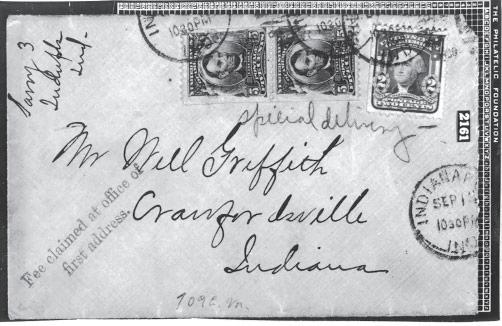
213 Volume 102, Number 3 Collectors Club Philatelist
Government Perforations or Parkhurst Private Perforations?
To recap what we know about Parkhurst vending-machine stamps:
• By Jan. 24, 1908, the USPOD had received an order from Parkhurst for 200 rolls of coils (1,000 stamps each): 80 rolls 1¢, 80 rolls 2¢ and 40 rolls 5¢. The order was for stamps rolled “without a core” (the cardboard at center). It is not known if these were furnished perforated, imperforate or both ways.
• Beginning March 1, 1908, Parkhurst advertised his vending and “stamp ribbon” machines, and appeared in newspaper stories using his vending machine.
• Parkhurst machines began a 30-day trial in Indianapolis at the beginning of September – Sept. 3, 1908, is the earliest recorded date (1¢ imperforate coil).
• The Parkhurst stamps used from September to December 1908 include the the 1¢ imperforate vertical coil (Scott 314V), the 2¢ Washington Shield perforated vertical coil (Scott 321), the 5¢ imperforate vertical coil (unlisted in Scott) and the 5¢ perforated vertical coil (Scott 317). The 1¢ perforated vertical coil (Scott 316) may be added to this list; if I am correct they have government perforations.
• Apart from a statement in Parkhurst’s patent papers, there is no evidence that Parkhurst ever implemented the concept of perforating stamps on his “stamp ribbon” machine.
Parkhurst’s patent application for his “Machine for Preparing Rolls of Postage Stamps” (983,759, application date Aug. 14, 1908, patent grant date Feb. 7, 1911) contains artist’s renderings of the machine and detailed descriptions of its components and functions. Most of the content describes the mechanism for gluing one sheet to another along the margin and pressing the paper to create a virtually seamless joint. In philatelic terms, the overlapping paper is a “paste-up.” In vertical (or endwise) coils, the paper is joined along the horizontal axis where the two vertical strips are attached to each other.
On page 3 of the patent document, beginning at line 30, Parkhurst states:
In some instances it may be desired to transversely perforate the stamp sheets while they are in the machine, so as to facilitate the separation of adjoining stamps in each completed roll of stamps. This transverse perforating may be done in any well known and suitable manner. For the purpose of illustration I have shown, in Fig. 3, the platen 10 carrying transverse rows of rearwardly extending perforating pins.
Reading the “stamp ribbon” machine patent carefully, it becomes obvious that Parkhurst never fully developed the technology, but inserted concepts designed to enhance the patent – specifically, the perforating mechanism – without necessarily having a fully operational machine. In one place (page 3, line 53), Parkhurst states (bold added for emphasis):
In operation, a series of sheets of stamps as furnished by the Government, and preferably not perforated, is placed upon the stamp sheet table.
214 www.collectorsclub.org May-June 2023
Yet, as the description of the process continues, there is no further mention of perforating. One must assume it occurs somewhere between gluing the sheets together and the mechanical winding and stripping into single stamp-width rolls.
On page 4, line 15, Parkhurst adds an inventor’s classic hedge:
To those skilled in the art of making apparatus of the class described, many alterations in construction and widely differing embodiments and applications of my invention will suggest themselves, without departing from the spirit and scope thereof. My disclosures and the description herein are purely illustrative, and are not intended to be in any sense limiting.
Perforating sheets is mentioned only two more times, buried at the end of the patent claims numbered 10 and 19.
Parkhurst was a business promoter, and his false claims in promoting company stock and vague references to perforating coils in his patent application should come as no surprise. However, the patent papers have been cited by some experts to support the theory that certain perforated coil stamps known to have come from a Parkhurst machine have his private perforations and are not government-perforated coils. I will disprove this theory by showing that the perforations on Parkhurst coils are identical to the 12-gauge perforations on coils and sheet stamps applied at the Bureau of Engraving & Printing.
The two items central to this debate are shown in Figures 10 and 11. They are postcards sent from Indianapolis in 1908, on Sept. 27 (during the trial), and Nov. 25 (after its conclusion). Each has a 1¢ coil stamp. In both cases the Philatelic Foundation stated they were genuine coil stamps from a Parkhurst vending machine, but that the perforations were applied by Parkhurst; in other words, the stamps are privately perforated vertical coils, not Scott 316.
The difference is substantial in dollar terms. Scott 316 has a Scott catalog value of $150,000 as an unused single (there is no listing or value for used examples). A 1¢ imperforate vertical coil with 12-gauge private perforations might be worth a few thousand dollars, depending on the source of the perforations.
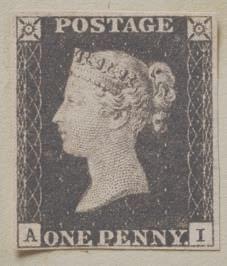
Please Remember ...
Those who advertise in the Collectors Club Philatelist are supporting both our organization and the hobby in general.
If you purchase stamps or covers from these fine companies, please let them know you saw their ad in the CCP.
215 Volume 102, Number 3 Collectors Club Philatelist
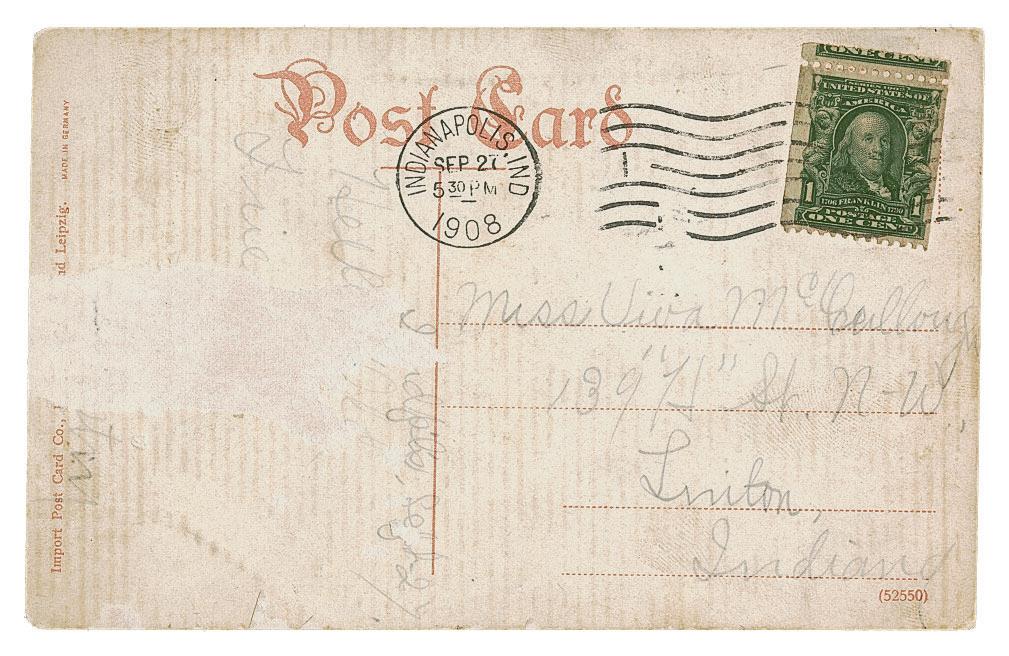
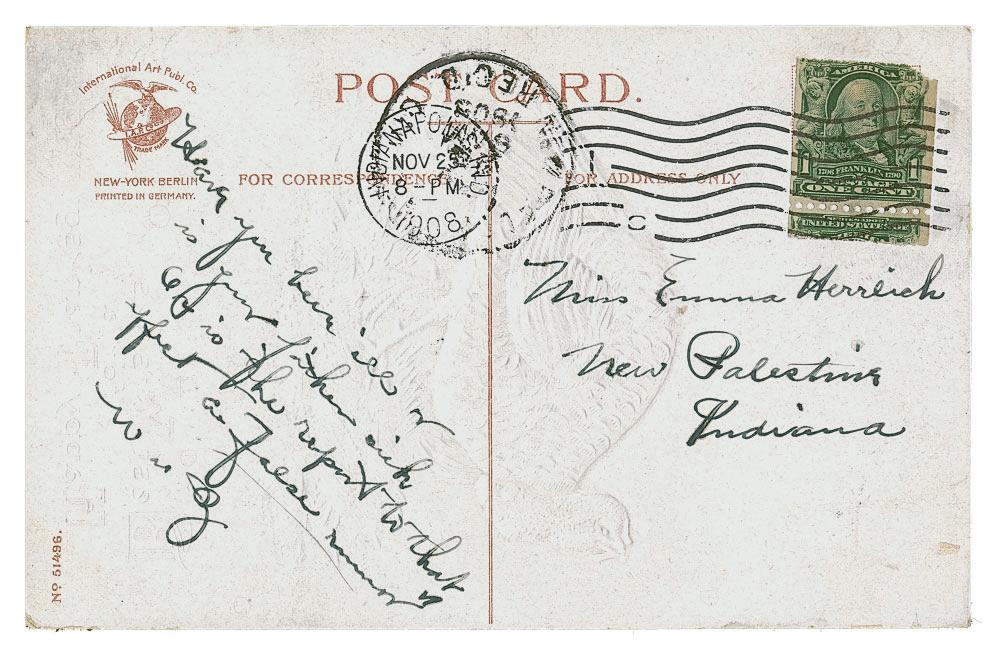
216 www.collectorsclub.org May-June 2023
Figure 10 (above). A 1¢ vertical coil dispensed from a Parkhurst vending machine and dated Indianapolis, Sept. 27, 1908, during the 30-day trial period. The stamp shows the feeding mechanism misalignment that caused part of the adjoining stamp above to be torn off
Figure 11 (below). A 1¢ vertical coil dispensed from a Parkhurst vending machine and dated Indianapolis, Nov. 25, 1908. The stamp shows the feeding mechanism misalignment that caused the top part of the stamp to be torn off and part of the stamp below attached.
In my opinion, Parkhurst never applied private perforations. The late Steven Belasco expressed a similar opinion in his book on the subject, Guide to United States Vending and Affixing Machine Perforations, 1907-1927. Belasco wrote:
I am unaware of any round hole perforation made by Parkhurst when using its coil making machine and it seems likely that none were ever made. When perforated coils were used in the Parkhurst vending machine, it appears that government perforated coils were used. However, in light of Parkhurst’s capability of making perforated coil rolls [based on his patent], it would be worth double checking any perforated coil with Parkhurst vending machine markings on it to see if it is in fact a government coil rather than a similar (and so far unknown) private perforation made by Parkhurst.
Faced with the burden of proof, how does one make the case that the two 1¢ stamps on the postcards in Figures 10 and 11 have government perforations and are, therefore, Scott 316, not a privately perforated variety of Scott 314V?


We can start by establishing the link between known examples of Scott 315 imperforate coils from Parkhurst machines and Scott 317. The strips shown in Figure 12 have the same circular feeder mark at the center between the stamps (the red arrows point to these marks).
Figure 12. Imperforate vertical coil (unlisted in Scott) and perforated vertical coil with guide line (Scott 317) – both have circular feeder marks denting or slightly piercing the paper (marked with arrows). On the perforated strip they are most noticeable between stamps 1 and 2, and between stamps 3 and 4,. These are one type of mark found on Parkhurst vending machine coils. The marks link the imperforate and perforated 5¢ coils to each other and to Parkhurst.
217 Volume 102, Number 3 Collectors Club Philatelist
The next step is to link an example of Scott 316 to the 5¢ Parkhurst coils. There is evidence of linkage between one of the guide line pairs certified as genuine, shown in Figure 13, and the strips with the Parkhurst feeder marks.
So, at this point we have 5¢ imperforate and perforated coil strips and a 1¢ perforated coil (Sco tt 316) all linked by the distinctive Parkhurst mark. Since the Sco tt 317 strip and Sco tt 316 guide line pair are certi fi ed examples of government perforations on Parkhurst-vended coils, the next step is to see how the 12-gauge perforation holes match up to the perforations on the two 1¢ stamps on the postcards.


A brief explanation of methodology is necessary. The key to making digital comparisons is correctly scaling the different scanned images so that a common element – in this case, the printed design – is precisely matched.
I achieve this in Photoshop by using the “Darken” setting on the overlaying image and aligning the engraved lines of the design. With multiples, one must be careful to take into account the slight differences between subjects on a plate.
Once the designs are scaled 1:1, then the perforations will also be correctly scaled. From this point, overlays of perforation holes and alignment of “half holes” (open perfs on one side) can be used to detect di ff erences in the gauge or hole dimensions, allowing one to see any di ff erence, if present. The photos that follow will show such overlays.
218 www.collectorsclub.org May-June 2023
Figure 13. A 5¢ imperforate vertical coil (unlisted in Scott) and 1¢ perforated vertical coil with guide line (Scott 316). The indentation in the top margin of the 1¢ pair is identical to the one on the 5¢ strip. In the past, this was described as a flaw in the 1¢ pair, but in reality it is a critical link between Scott 316 coil stamps and the Parkhurst vending machines.
The first overlay, shown in Figure 14, is used to show that the two 1¢ stamps on the postcards have perforation holes with the same gauge and dimensions. The stamps are shown individually and again at right with one darkened and positioned over the holes of the other. There is no question they are identical 12-gauge perforations. The question is, do they match the government perforations on Scott 316 and 317?
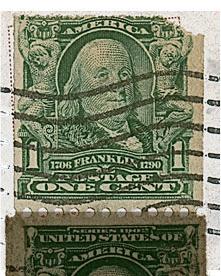
To show that the perforations on the two 1¢ stamps on the postcards match the certified Scott 316 and Scott 317 perforations, I created two overlays. The Figure 15 image is a comparison with the 1¢ Scott 316 guide line pair (from Figure 13). The Figure 16 image is a comparison with the 5¢ Scott 317 guide line strip (from Figure 12). Again, all holes are identical in gauge and dimensions.

precisely matched. The coil pair overlays are darkened and positioned over the perforations on the singles. The match is exact. All stamps have identical 12-gauge perforations.
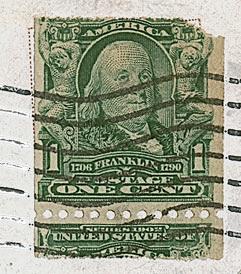
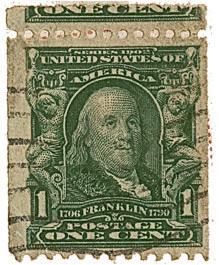
219 Volume 102, Number 3 Collectors Club Philatelist
Figure 15. This overlay is between the two 1¢ coil stamps on the postcards (at top left and bottom right) and the 1¢ perforated vertical coil with guideline (shown in Figure 13), to show that the perforations are
Figure 14. The first overlay is between the two 1¢ coil stamps on the postcards (at left and center), to show that the perforations are precisely matched. The overlay at right shows the lefthand stamp darkened and positioned over the perforations on the stamp at center. The match is exact. Both stamps have identical 12-gauge perforations.
We now have a clear comparison that proves beyond reasonable doubt that the same perforator was used to make the holes on the certified Scott 316 and 317 Parkhurst coils and the two 1¢ stamps on the postcards. But is it possible Parkhurst perforated all of these stamps, not the government? I think that scenario is very unlikely, but in the interest of eliminating any question, I will make one final comparison with a 1¢ Scott 300 non-coil sheet stamp from a block perforated by the government.
The overlays illustrated in Figure 17 show the two 1¢ coil stamps on the postcards with a Scott 300 sheet stamp (from a block) darkened and positioned over the perforations on the coils. The match is exact. There can be no question that coil stamps vended by Parkhurst have government perforations.
Figure 16. This overlay is between the two 1¢ coil stamps on the postcards (at top left and top right) and the 5¢ perforated vertical coil strip (shown in Figure 12), to show that the perforations are precisely matched. The coil strip overlays are darkened and positioned over the perforations on the single 1¢ stamps. The match is exact. All stamps have identical 12-gauge perforations.


220 www.collectorsclub.org May-June 2023
Figure 17. This overlay is between the two 1¢ coil stamps on the postcards (at bottom left and bottom right) and a Scott 300 sheet stamp with government 12-gauge perforations, to show that the perforations are precisely matched. The overlays are darkened and positioned over the coil perforations. The match is exact. All stamps have identical 12-gauge perforations.
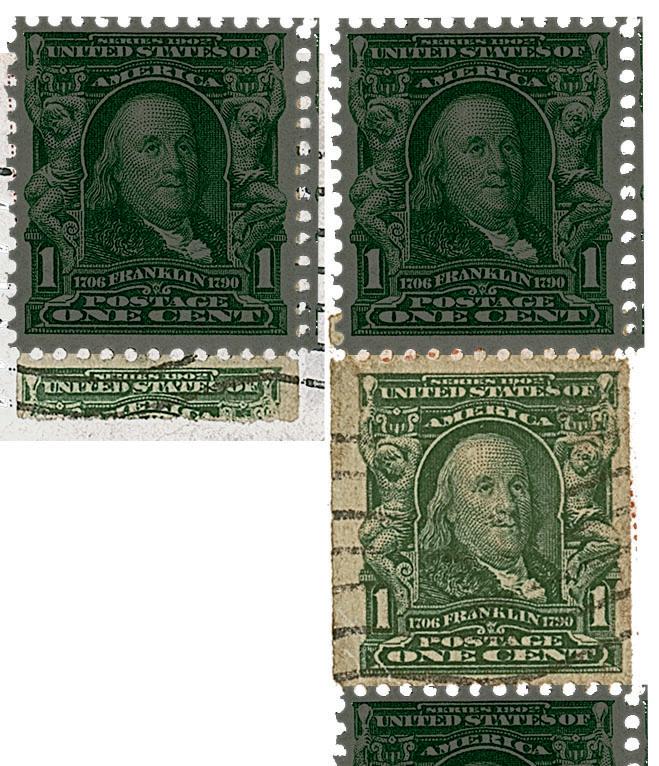
Changing the Status of 1¢ Parkhurst Stamps to Scott 316
Except for the two 1¢ stamps on postcards, there has never been an off-cover 1¢ Scott 316 or 5¢ Scott 317 certified as a coil vended by Parkhurst with his own private perforation. It seems to be an opinion especially created for the stamps on the two cards. In my opinion, it is time these opinions were reversed and philatelists accepted the 1¢ stamps on the postcards as government coils postmarked in the right place at the right time.
Their rarity is due to the fact that the coil experiments were limited and the 1902-03 designs were replaced in December 1908 with the new WashingtonFranklin series. Postcards with 1¢ Franklin perforated vertical coils (Scott 348) are known with Parkhurst vending machine marks in a few varieties. All of these have 12-gauge perforations applied to sheets before they were stripped into coils at the Bureau of Engraving & Printing. The rolls were supplied to Parkhurst and used where his machines were deployed, including Chicago.
An example of a Parkhurst-vended coil, Scott 348, used on a postcard from Chicago is shown in Figure 18. Unlike the 1¢ Scott 316 Parkhurst coils on the postcards, there has never been a claim that the Washington-Franklin Parkhurst coils were perforated on his machines.
221 Volume 102, Number 3 Collectors Club Philatelist
The two 1¢ stamps on the postcards should be resubmitted with their respective Philatelic Foundation certificates and a copy of this article. If proof can be presented to refute my claims, I will keep an open mind, but I believe these stamps deserve to be called Scott 316, dispensed from a Parkhurst machine.
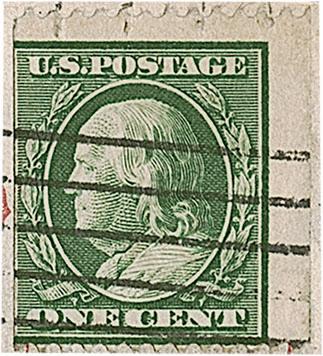
Acknowledgements
The author is grateful to Ken Lawrence and Greg Shoults for providing valuable information, but the opinions and conclusions are my own and do not necessarily reflect their or anyone else’s opinions.
Images used in this article come from The Philatelic Foundation, The New York Public Library (with permission) and Robert A. Siegel Auction Galleries, which maintains an online census of Scott 316 and 317.
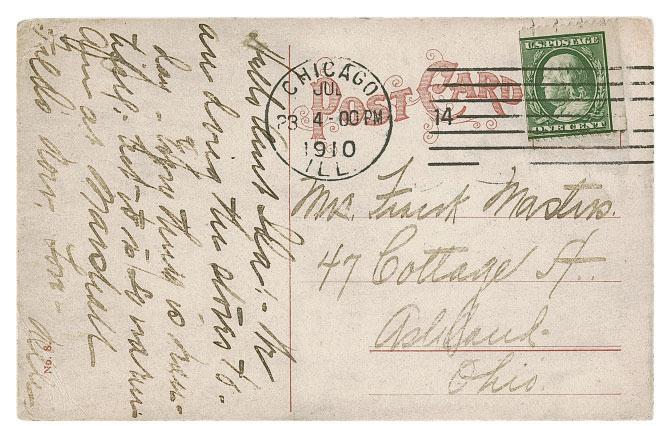
Disclosure
The postcard shown in Figure 11 is part of the Melvin Getlan collection, in which I have a commission-based fi nancial interest through the Siegel fi rm. The evidence presented in this article and my conclusions should be viewed with an awareness of the potential for my fi nancial gain from a change in the item’s status.
222 www.collectorsclub.org May-June 2023
Figure 18. This postcard from Chicago, July 23, 1910, has a 1¢ vertical coil (Scott 348) with the distinctive Parkhurst feeder marks – 4 small punctures about 5mm apart – and perforations applied by the government. Enlarged detail of the stamp at right.
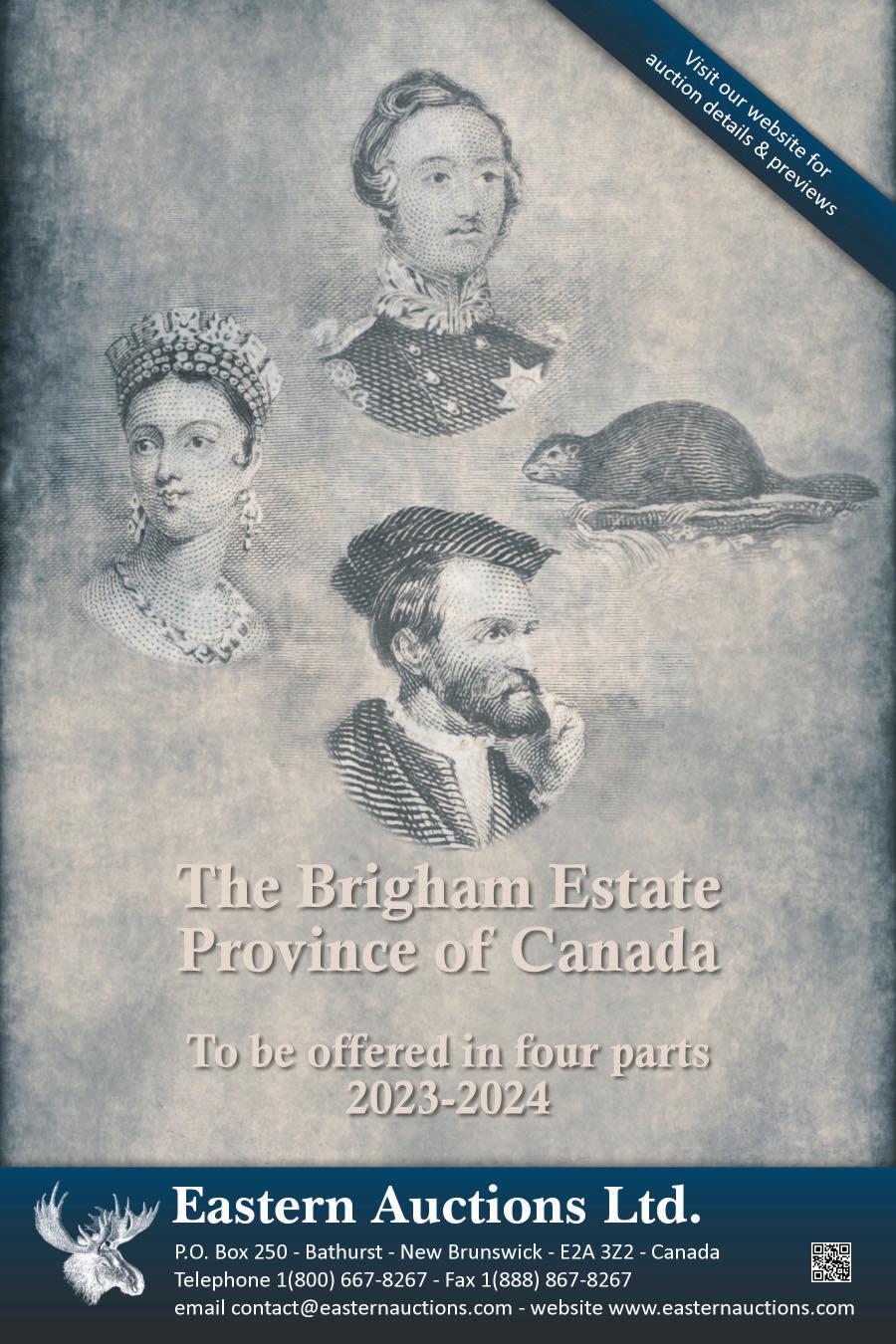
Heinrich
can now make important statements about provenance, rarity, signifi cance, and value. This expertise pays off when selling your rare stamps and covers.
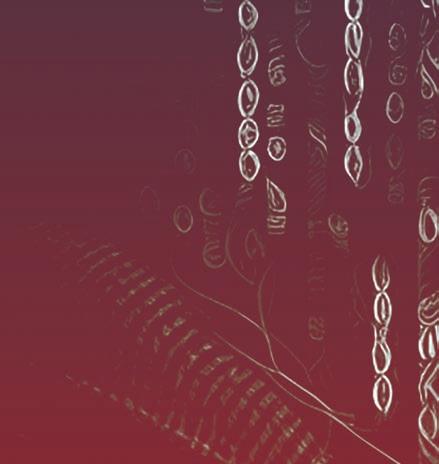

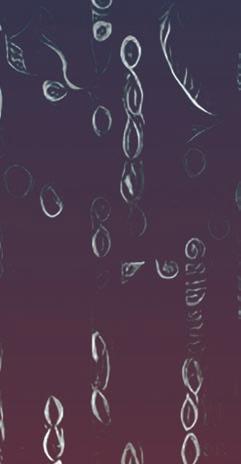


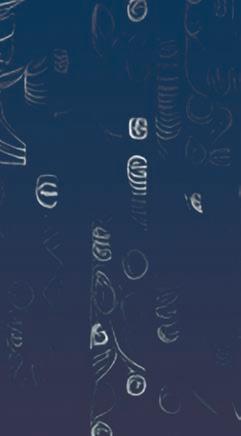
Consign now to Heinrich Köhler for the autumn auction and t from it!
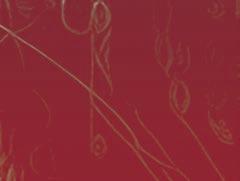

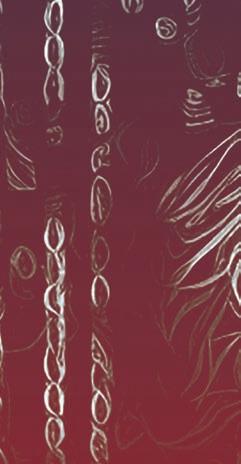
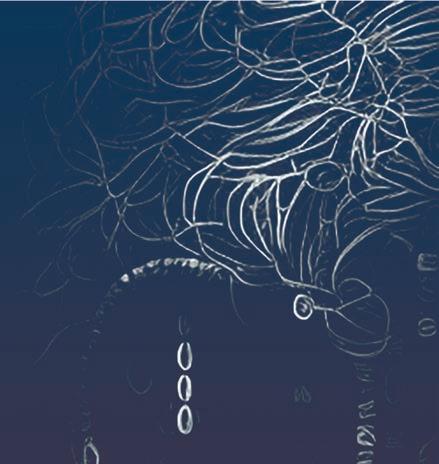

www.collectorsclub.org ProFi: Expertise in Seconds Contact +49 611. 34 14 9 0 +49 172. 666 72 45 www.heinrich-koehler.de info@heinrich-koehler.de Phone WhatsApp Website Email Germany’s Oldest Stamp Auction House HEINRICH KÖHLER ProvenanceFinder A
A
for
we
new philatelic era has begun:
world innovation is ready
use after its presentation at IBRA 2023. With the ProvenanceFinder,
at
Köhler
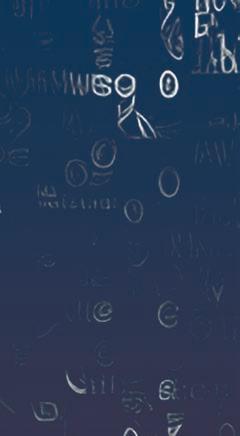
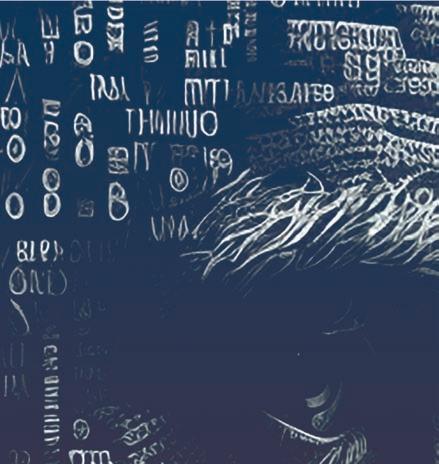
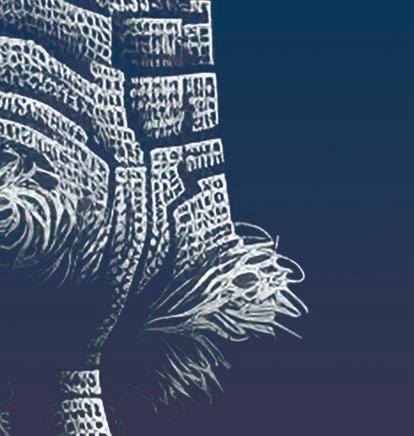
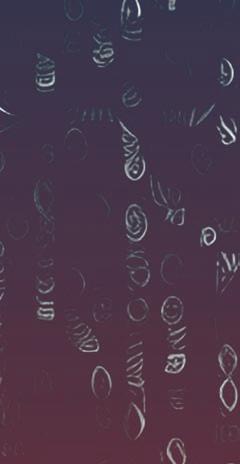


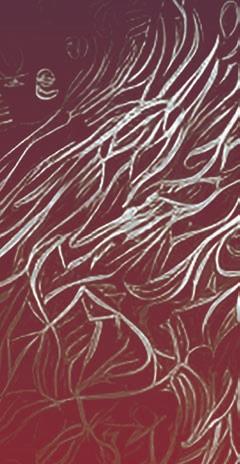
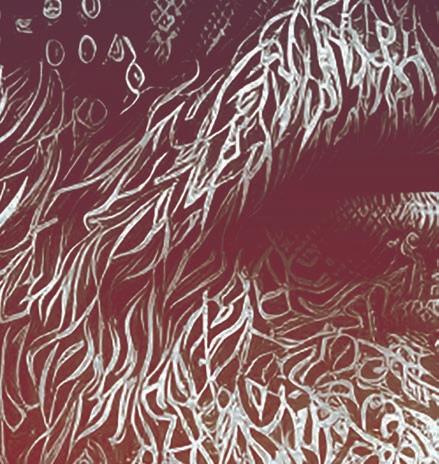
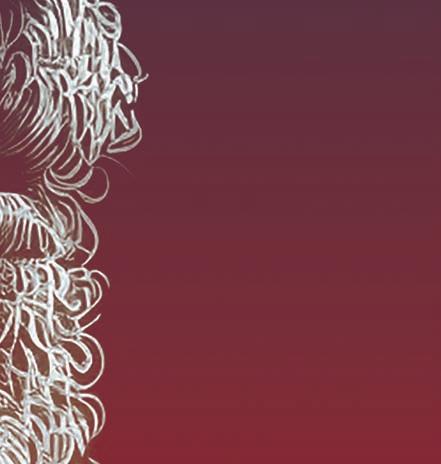

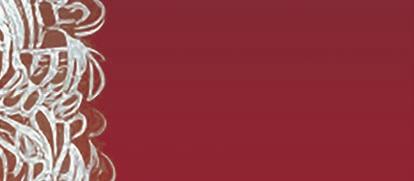
Nassau Street, a Theme For a Collection
Erik Mulder
Although I'm not alone, I collect and study the philatelic history of the dealers on Nassau Street in New York City. After a few years of collecting, I realize a complete list of Nassau Street stamp dealers is an illusion, but we can come close. I still pick up stamp dealer material previously unknown to me, so my list continues to grow.
Reading the book Nassau Street, written by Herman Herst Jr., one of the famous old-time stamp dealers with a gift for writing, triggered my initial curiosity.
Who else had a stamp shop on Nassau Street and at what time?
Searching the internet did not bring the answer to this question; the information available is very fragmented. Stamp collecting can be exciting, treasure hunting or, in this case, stepping in the shoes of Sherlock Holmes.
According to the information gathered thus far, Nassau Street at one point (and for many years) was the philatelic center in the United States. Ads as early as 1915 featured Nassau Street addresses for stamp dealers and, by the 1930s, the street became the epicenter of stamp stores. There were still stamp dealers on the fabled street by the 1970s. Herst and others have written a great deal about the “classic era,” but what about those who plied their trade, both earlier and later? However, to get a good overview, this topic needs investigation, beginning with defining the information I would like to research:
What companies had stamp shops on Nassau Street?
Who owned these shops, and did they have any employees?
What was the address (street number and room number, where available)?
During what time period was the shop located on Nassau Street?
Internet searching resulted in a referral to the American Stamp Dealer and Collector magazine. In the April 2009 and the June 2011 issues, a list of Nassau Street stamp dealers was published. These provided a head start on building the information database.
Next was finding sources to provide more relevant information.
The following list was added to during the building of a collection; it is not complete, but shows the main sources.
Business correspondence frequently shows the address and the date (cancellation of the cover and/or contents).
Advertising material, such as business cards and perforation gauges with advertising, show the physical existence of a stamp shop.
226 www.collectorsclub.org May-June 2023
Historical price lists show both the business addresses and the type of material offered.
Auction catalogs for auctions held at Nassau Street.

Advertisements in the philatelic press and the newspapers also give address details and a date the company was active.
Buying material for several years now, mostly at stamp shows and on eBay, I soon noticed there is quite a bit of material available.
I also soon realized that it takes a lot of material to come to a bit of reliability.
As an example, I had several covers related to Sam Bayer and several covers related to the Penny Black Stamp Co. Obtaining a signed bill from the Penny Black Stamp Co. enabled me to combine these two names (Figure 2).
A funny note: Mr. Bayer spelled his name as Nayer, a typographical error.
The Penny Black Co. still exists and can be found on the internet where the history is also displayed.
227 Volume 102, Number 3 Collectors Club Philatelist
Figure 1. A stamp shop on Nassau Street (near Ann Street), photographed Feb. 5, 1928.
are adjustments – to the company name, the address or other changes (Figures 3, 4 and 5). This gives information on the starting date or ending date on Nassau Street or a takeover, as with the Reliant Stamp Co., which was taken over by Spenser Anderson.
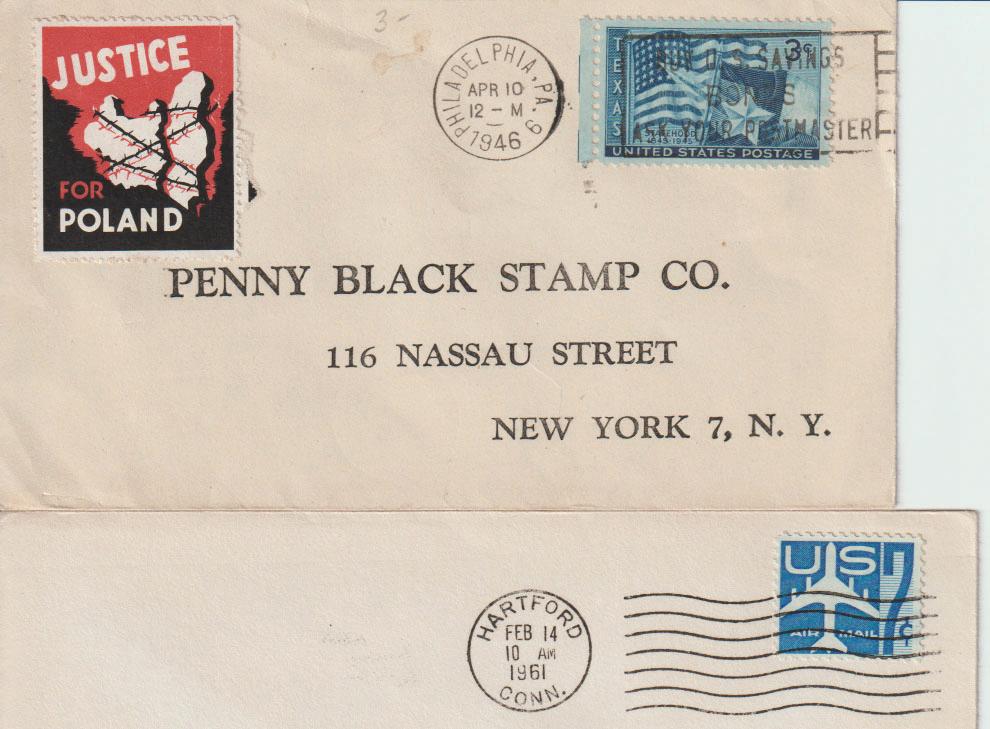
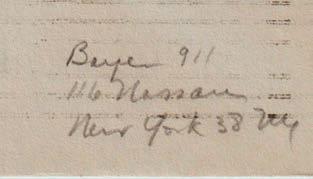



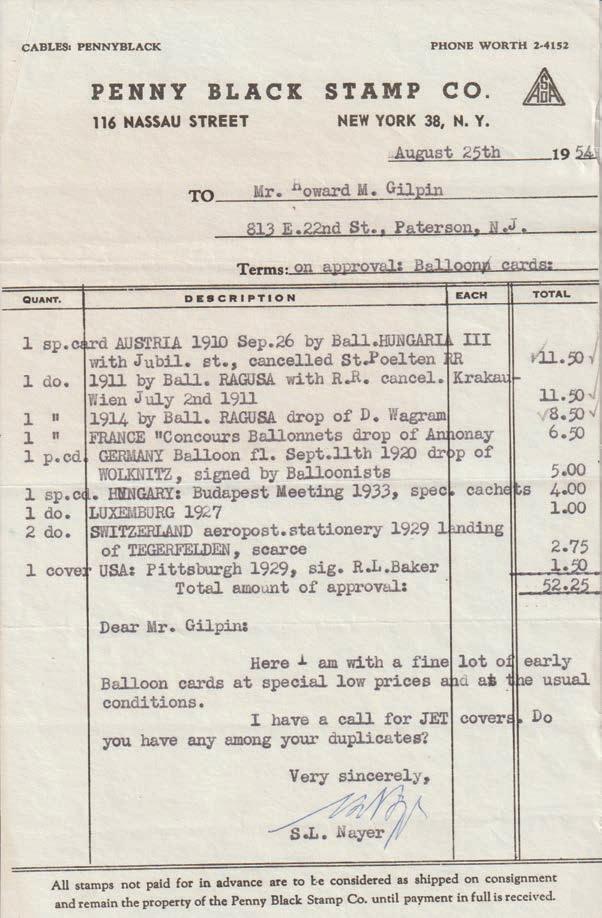
For me, it all started with Herman Herst Jr., so he cannot be left out (Figure 6). His books are also a source of information. Herst also wrote short stories of his life as a stamp dealer.
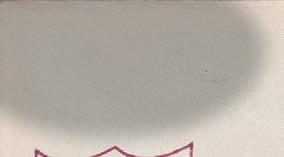
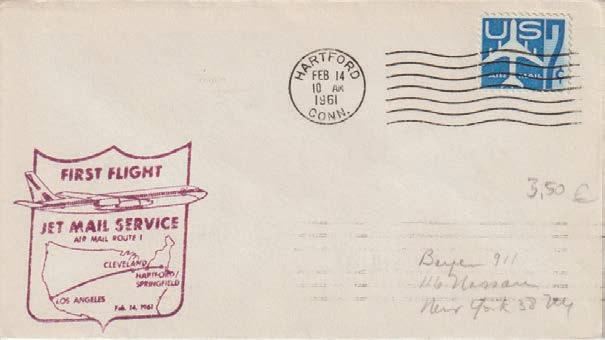
228 www.collectorsclub.org May-June 2023
er
Figure 2. The combination of the 1946 cover’s address, signed 1954 invoice With typo) and the 1961 addressed first-flight cover allowed the author to connect the dealer’s name with the business name.
James Brennan is the earliest stamp dealer I found. There is little known about him, however. In addition to buying and selling stamps he also created a few Civil War tokens (Figure 7).
Also, searching foreign boxes at stamp shows delivered quite a few foreign covers sent to Nassau Street stamp dealers (Figure 8). These, too, can provide information not readily found elsewhere.
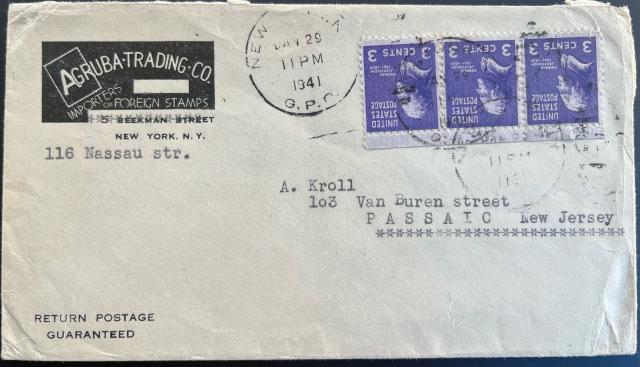
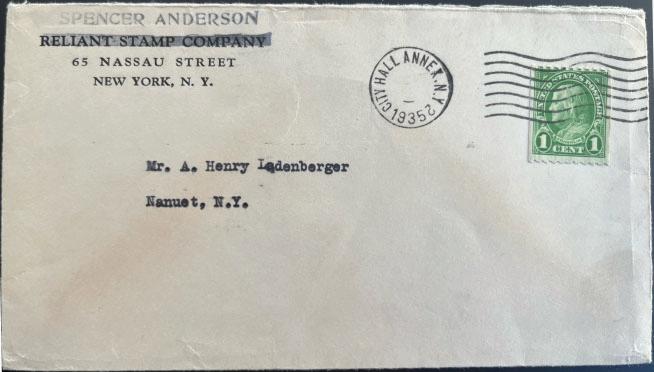
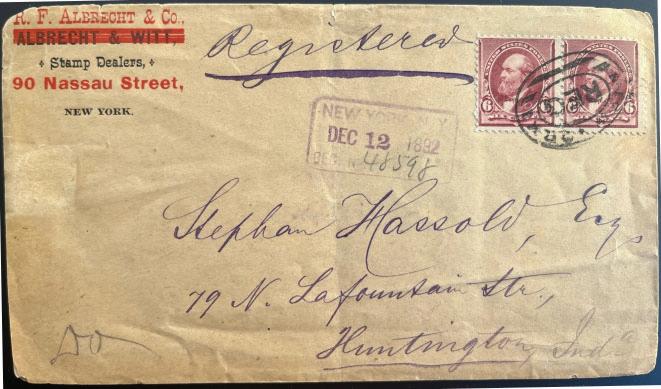
229 Volume 102, Number 3
Collectors Club Philatelist
Figures 3, 4 and 5 (top center and above). Changes in business name, owner name and address on printed cornercards provides useful information about movements and business changes of Nassau Street stamp dealers.
Every cover has different information, the cancel giving a date (Figure 9), the room the company occupies (Figure 10) or the stamps and countries in which they specialized (Figure 11).
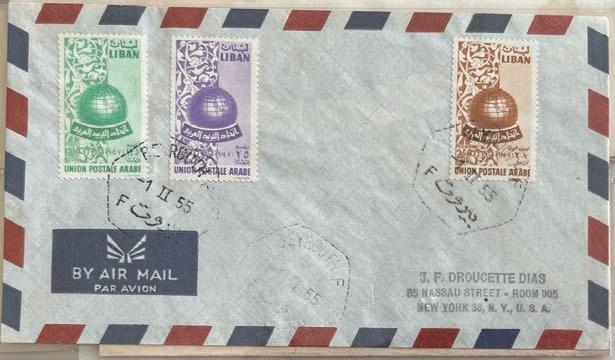

In addition to covers, other material, such as the aforementioned token, also give information, such as a postal card reminding a collector there is an auction upcoming (Figure 12) or a business card or perforation gauge with company information (Figure 13).

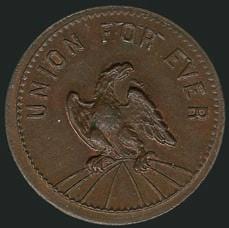
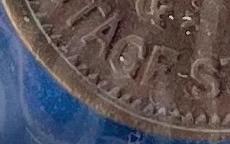

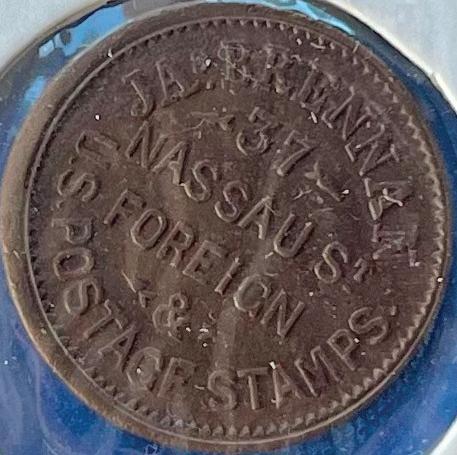

As mentioned, completion is an illusion because there is, to my knowledge, no full list of Nassau Street stamp dealers available to check completeness against.
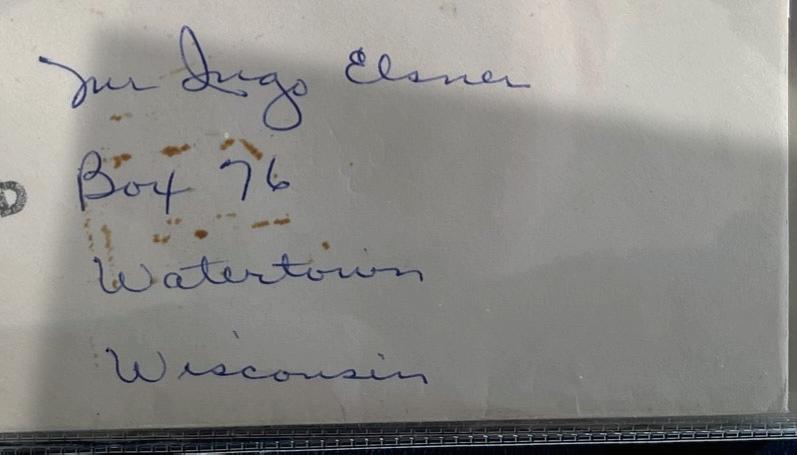
8 oxes at shows y any c cum ents assa
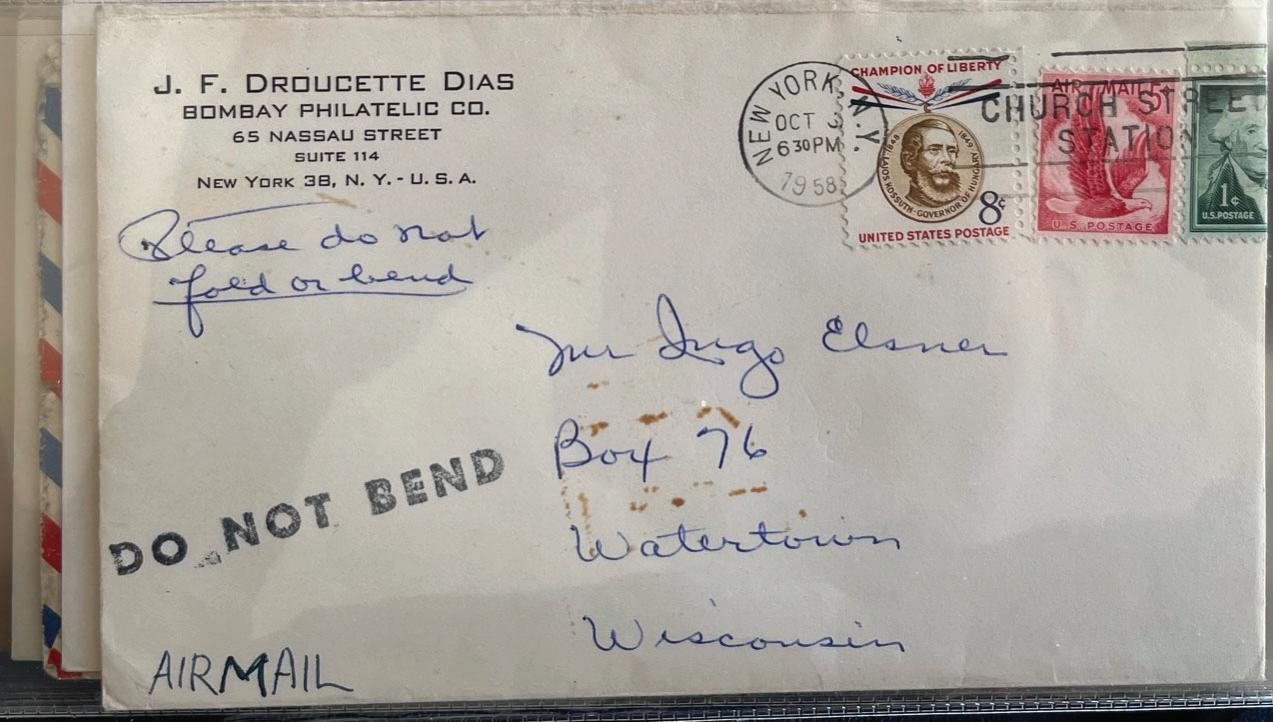
230 May-June 2023
Figure 7. The earliest stamp dealer artifact the author has located so far is this Civil War-era token.
Figure 8. Searching cover boxes at various stamp shows yielded the author many covers that help document the movements of dealers on Nassau Street..
Figure 6. Herman “Pat” Herst, the inspiration for the author’s collection and study, spent part of his career in the building most known for stamp dealers, 116 Nassau Street.
to bottom): Various aspects of each cover can reveal important information about each dealer, including date mailed (top), exact room or suite number where the business is located (center) or the partiuclar specialties of a specific dealer.





Most information will be available in libraries, advertisements and correspondence. From the stories told by Herst, we learn that some people started to become stamp dealers out of their own collection during the Depression era and quickly stopped when they noticed they ran out of stock and forgot to replace it. These types of short-term dealers will be hard to capture information about.
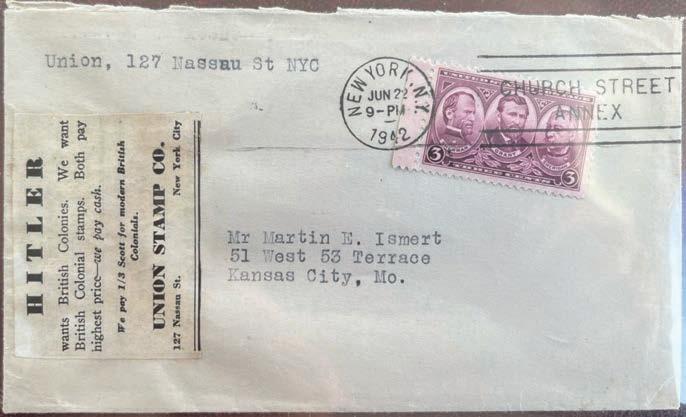
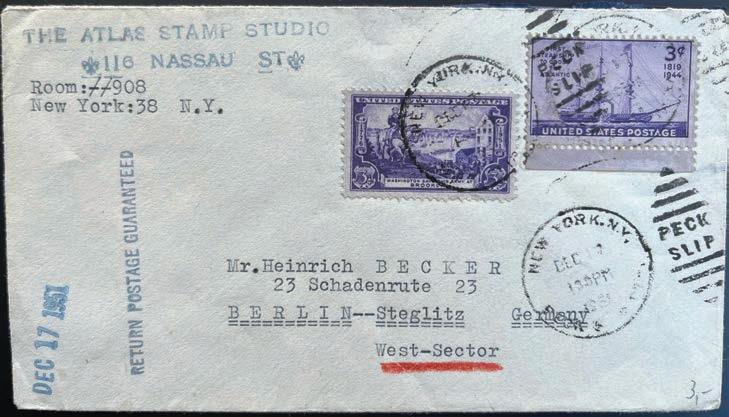

231 Volume 102, Number 3 Collectors Club Philatelist
Figures 9-11 (top
ill b il bl i lib i d i d
Figures911(top
located at number 116 with currently 74 identified stamp dealers, around 15 each followed by number 87, 65 and 154 (Tribune Building).
The company count is at 213 different companies over a period of about 120 years. The main activity seems to be between the 1930s and the 1960s. Some companies will appear more than once in my list, as they occupied more than one address at Nassau Street due to removal over the years.

The list of my findings is available and is published by the Dutch society for United States and Canada collectors, USCA in short, a chapter of the APS.
The full listing is free to download for personal use and may be found at www.usca.nl/usa-canada-2/usa/stamp-dealer-history/. The page itself is in
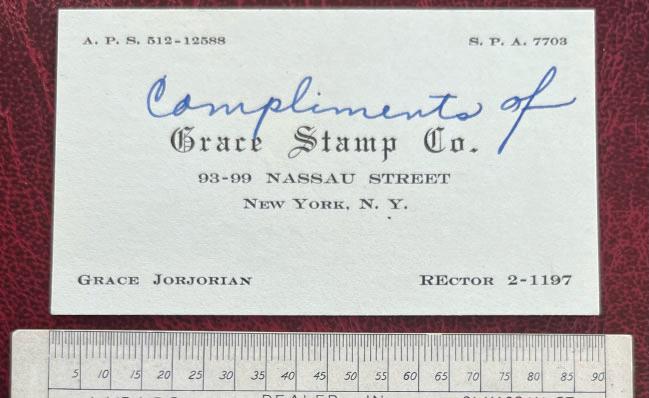
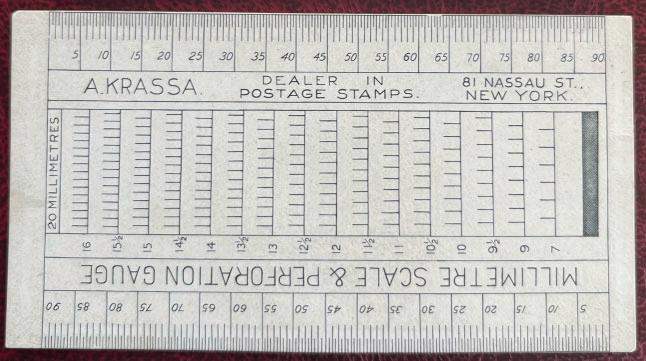
232 www.collectorsclub.org May-June 2023
Figure 12. The reverse side of a postal card – a reminder – reveals exactly where and when a stamp auction was to occur, in this case at the Collectors Club!
Figure 13. Although somewhat uncommon, business cards of Nassau Street dealers can provide much useful information about both the business and the individual (left), as can promotional items, such as this printed perforation gauge (below)
Dutch, but there is a link to the dealer list beneath the second image on the page (Figure 10 from this article). That listing is in English. If you wish to publish the list, elsewhere, please mention the source.
The list listting of Nassau Street stamp dealers is growing, and I can certainly improve on it. There might be names on the list that can still be connected to company names where it is not yet obvious, for example. So, if you examine the list and find something missing, wrong or that may be supplemented with your own information, please contact me. Your feedback will be very much appreciated.
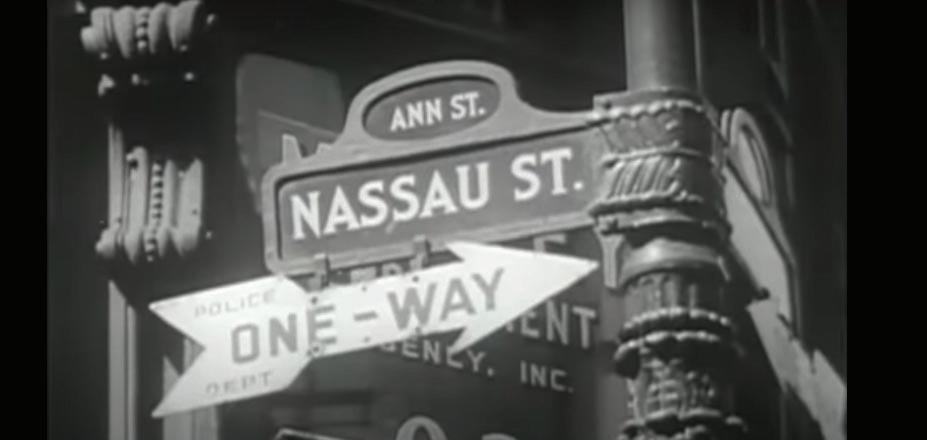
As I am still working, it can take a while before I update the list, but every contribution is welcome. I can be contacted at emulder@planet.nl.

233 Volume 102, Number 3 Collectors Club Philatelist
Explore our website and see just how much more the Collectors Club can offer! www.collectorsclub.org
THE MOST SUCCESSFUL SALE OF CLASSIC JAPAN IN HISTORY
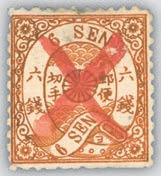
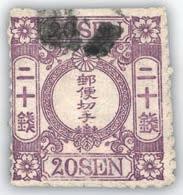
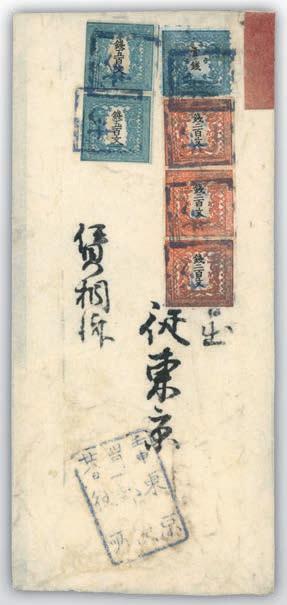

David Feldman International Auctioneers
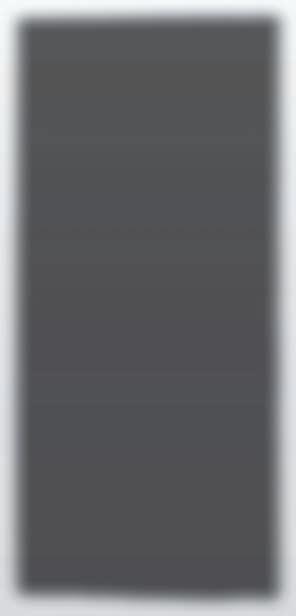
Tel +41 22 727 07 77
info@davidfeldman.com davidfeldman.com
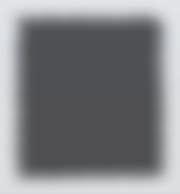
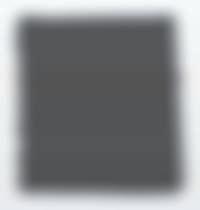
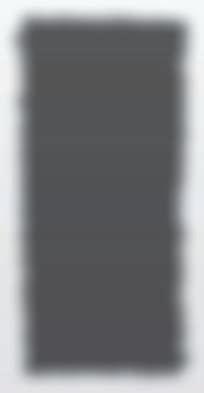
We accept consignments for our autumn auction sale
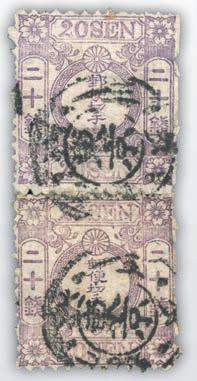
234
May-June 2023 CCP - June 2023.indd 3
www.collectorsclub.org
Lot 30050: First and Second Issue Mixed Franking Cover – € 113,775*
Lot 30170: 1872 20 sen Vertical Pair – € 196,800*
Lot 30201: 1874 20 sen Syllabic 1 – € 221,400*
Lot 30292: 1875 6 sen Syllabic 15 – € 147’600*
* Including buyer’s premium
CCP - June 2023.indd 2 09.06.23 17:16
JAPAN 500 Mon ERROR BECOMES WORLD’S SECOND MOST VALUABLE STAMP

The highest price ever paid for a stamp of Asia


With us, your precious collections and philatelic gems are in the best hands

235 Volume 102, Number 3 Collectors Club Philatelist Lot 30070: 500 Mon Center Inverted € 5’412’000* (New World Record)
CCP - June 2023.indd 3 09.06.23 17:16 17:16
Pre-UPU Mail to Afghanistan During the Third Anglo-Afghan War
Dickson Preston FRPSL
In March 1919, a young man in Hartford, Conn., posted a letter to the remote foreign destination of Kabul, Afghanistan. Directed to an imaginary address in that city, the letter was intended to be returned to the sender bearing postal markings from a foreign locale. On arrival in British India in May, the letter became entangled in the one-month-long Third Anglo-Afghan War, an event that was not foreseen when the letter was sent. After two unsuccessful attempts to send the letter across the Afghan border, the letter was returned. When it arrived at his home in July, 23-year-old George Newton received a range of markings from a foreign locale that must have been far beyond his expectations (Figures 1 and 2). For today’s postal historian the letter offers a rich and striking example of pre-UPU mail sent to Afghanistan under wartime conditions.
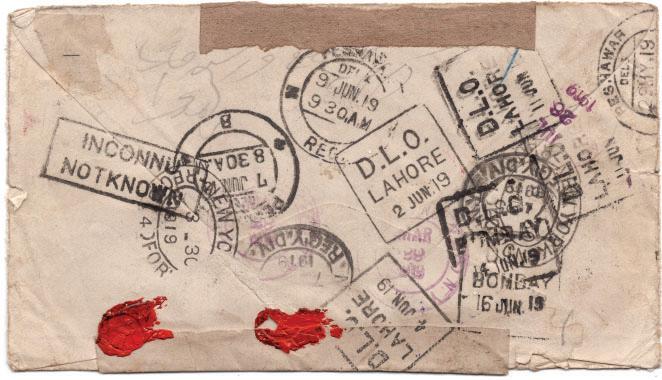
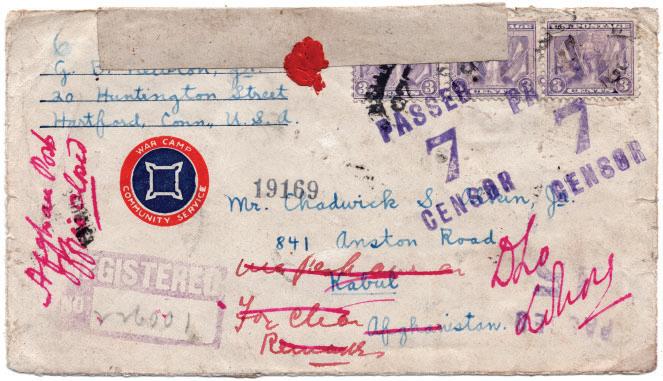
236 www.collectorsclub.org May-June 2023
Figure 1. Letter addressed to Afghanistan in 1919, diverted by the Anglo-Afghan War.
Figure 2. Postmarks on the reverse documenting the letter’s journey.
George directed his letter to “Mr. Chadwick S. Alkin, Jr. / 841 Anston Road / Kabul / Afghanistan,” an address resembling those in his native Hartford, but not possible in Kabul, where few foreigners resided and street numbers have never been used. The War Camp Community Services envelope he used promotes a World War I organization providing morally fit leisure activities for the troops on the home front. He franked it with five 3¢ Victory Stamps, Scott 537, recently issued March 3, 1919, paying the 5¢ UPU letter rate plus 10¢ registration. Since his destination country was not a member of the Universal Postal Union, he could not pay the postage all the way to Kabul. Per the 1918 United States Official Postal Guide, “Postal Union Rates and conditions apply to British India offices in various native States within the limits of Hindostan. To …, and Cabul (Afghanistan) …, the same rates apply, but prepayment is compulsory, and only to the British Indian Frontier.”1 He registered the letter at a Hartford post office, which canceled the stamps with an unreadable black smudge and applied a hand-stamped, boxed registry marking in purple (Figure 3), but neglected to add dated postmarks on the back. The probable date of posting is March 28, one day before it reached New York by rail on March 29, where two lilac dated registry postmarks, which should have been put on in Hartford, were applied (Figure 4). After one more New York postmark March 30 (Figure 5), the letter was sent by steamer to Bombay, the western port for British India.
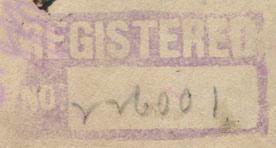
Contemporary documents allow us to infer the route taken. The earliest 20th-century United States Postal Guide to give routing information to foreign countries is the July 1926 edition, which has the following entry for Afghanistan:
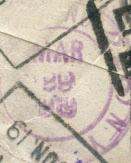
“New York to France, about 3 times a week. Time 6 to 8 days. French Atlantic port, via Paris, to Marseilles. Time 1 day. Marseilles to Bombay (Friday p.m.). Time 13½ days. Bombay to Afghanistan frontier at Peshawar (R.R.). Time 2½ days.” (total 23-25 days)2
The same route would have been used in 1919, since the alternative route, via London and Marseille, requires more time to sail around Spain and into the Mediterranean. Heavy maritime traffic to and from France in spring 1919, returning American troops to the United States after the end of World War I, makes it difficult to pinpoint the exact ship that carried George Newton’s letter on the first leg of its voyage. The New York Times “Shipping and Mails” reports show two mail-carrying ships that could have carried George Newton’s letter to France for further carriage to Marseille and Bombay. The United States Navy troop ship
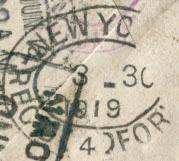
237 Volume 102, Number 3 Collectors Club Philatelist
Figure 3 (above). Hartford registry, c. March 28, 1919.
Figure 4 (right). Lilac New York registry CDS, March 29.
Figure 5 (below right). New York oval transit, March 30.
USS Von Steuben departed March 30 arriving in Brest April 11. The French Line transatlantic liner SS La Touraine departed April 1, arriving in Le Havre April 16. The departure of the SS La Touraine is more likely, since it allows a full day to transfer the letter from the New York post office to the ship and since it served the regular mail route through Le Havre.3
When George Newton’s letter began its voyage, Afghanistan was in great turmoil after a relatively peaceful 20-year period (Figure 6). Modern Afghanistan had been consolidated by Abdur Rahman (c. 1844-1901, reigned 1880-1901) who was installed as Amir by British India after the Second Anglo-Afghan War (187980) under terms spelled out in the Treaty of Gandamak (1879, 1880). The Amir was to “conduct his relations with Foreign States in accordance with the advice and wishes of the British Government,” a British Resident was to be installed in Kabul, and the British would control the Khyber pass on the border between Afghanistan and British India.4 Among Abdur Rahman’s many improvements to the country’s infrastructure was an expansion of the country’s rudimentary postal system, including the establishment of an Afghan exchange post office for processing mail sent between Afghanistan and foreign countries in the British India city of Peshawar.5 Abdur Rahman’s son, Habibulla (1872-1919, reigned 1901-19), inherited his throne peacefully on his father’s death in 1901, an unusual
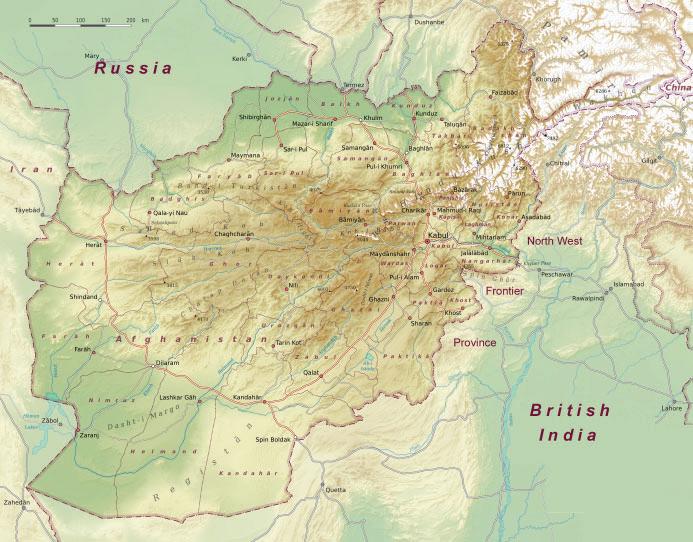
238 www.collectorsclub.org May-June 2023
Figure 6. Afghanistan, positioned between British India and Bolshevik Russia in 1919, Creative Commons “Afghanistan physical en-png,” CC-BY SA 3.0
event in Afghan history. A moderate, he resisted social changes and had kept his country out of the Great War. In a 1905 treaty with British India, he reluctantly accepted the terms of the Treaty of Gandamak, including British control over Afghanistan’s foreign affairs.
On Feb. 2, 1919, Habibulla was assassinated, by persons who have never been identified, while away from Kabul on a hunting trip.6 His third son, Amanulla, (1892-1960, reigned 1919-29), still in the capital, assumed power as Amir and quickly consolidated his amirship (Figure 7). Unlike his father, Amanulla sought to bring about political and social change and to modernize his country along Western lines. He began this program by declaring Afghanistan to be an independent country.
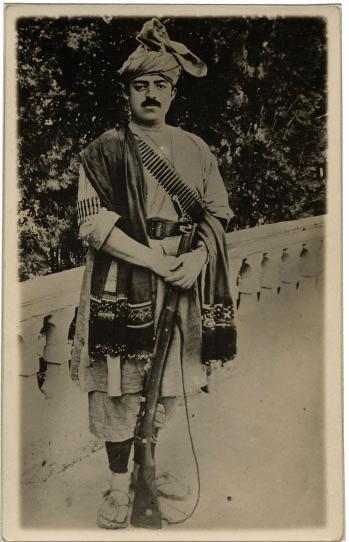
On March 3, less than two weeks after assuming the throne, Amanulla sent a letter to the Viceroy of British India, Lord Chelmsford (1868-1933, Viceroy 1916-21), requesting the negotiation of a new treaty with Great Britain, with the intent of freeing his country from British control. The British Indian government did not take Amanulla’s request seriously, and Chelmsford’s reply more than a month later merely insulted the Afghans. To reinforce his claims, on April 13 the Amir made a fiery speech at a Durban (public ceremony) declaring Afghanistan to be a free country, “No foreign power will be allowed to have a hairsbreadth of right to interfere internally and externally in the affairs of Afghanistan, and if anyone does I am ready to cut its throat with this sword.”7 While the British regarded this speech as posturing for a domestic audience, Amanulla began preparations for an invasion of British India, ostensibly to settle some territorial disputes, but with the main objective of making Afghanistan fully independent. Troops were moved into strategic locations in the Khyber Pass. On May 3, a party of British Khyber Rifles escorting a convoy from India was turned back by an Afghan tribal force, setting in motion a one-month conflict Europeans call the “Third Anglo-Afghan War,” but Afghans refer to as the “War of Independence.”8
The Afghan regulars, armed with obsolete equipment and many soldiers with no uniforms, were clearly not capable of taking on the British military. Amanulla was relying on the support of the Pathan tribes residing on both sides of the border, which he had been supplying with weapons and money. Fiercely inde-
239 Volume 102, Number 3 Collectors
Club Philatelist
Figure 7. Amanulla in native dress, real photo postcard, British Museum, Lynch.2, donated by Mrs C. Lynch.
pendent, these tribes were commanded by local chiefs. Individual fighters were, as described by an earlier Viceroy, “brave, hardy, frugal, laborious and prudent.”9 (Figure 8) On May 6, the Afghan army moved east across the border taking Bagh, a tactical location in the Khyber Pass. British units, after encountering initial heavy resistance, forced the Afghans back and entered Afghanistan on May 13. Three days earlier, the RAF, flying obsolete BE2c fighters, bombed a tribal gathering at Dakka, forcing it to disperse, and continued to attack the retreating Afghan army. London ordered advances on Jalalabad, but initial attempts stalled, and a stalemate resulted on May 15. On May 27, the RAF raided Kabul, flying a 1918 model Handley Page V1500 long-range bomber from Lahore.10 (Figure 9) The Amir’s palace, mosques and holy sites were damaged and Amanulla was both outraged and badly frightened. The tribal rising, including hoped-for attacks into British India, had not taken place, but one group, the Alfridis, harassed the British
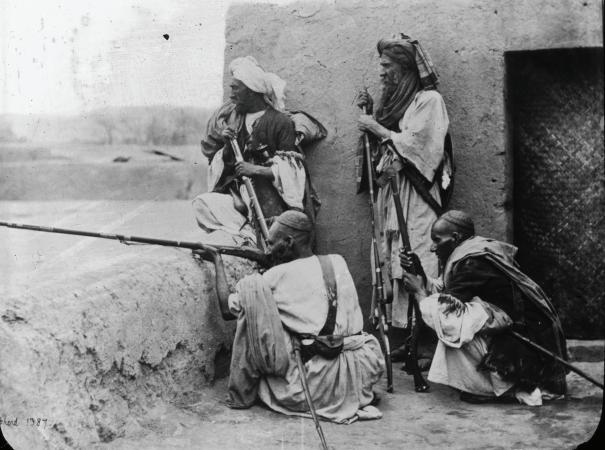

240 www.collectorsclub.org May-June 2023
Figure 9. Handley Page V1500 long range bomber that attacked Kabul May 27. Wikipedia Commons, “Handley Page V1500 at Ambala, India 1919.jpg” by Geoff Soper, Own work, CC BY-SA 4.0.
Figure 8. “Afghans Guarding the Khyber Pass,” photo by Augustin Abel Hector Leveillé, c. 1890, Wikicommons.
with raids and sniping, and the possibility of more severe tribal action continued to influence British thinking during the peace negotiations following the war.
Peshawar (Figure 10), British India, a multi-ethnic city that had been part of Afghanistan in the 19th century, had a large population sympathetic to Amanulla’s cause. The city’s Afghan post office employed a spying network headed by the postmaster, Ghulam Haidar. When the war began, he was at Kabul, preparing to carry inflammatory pamphlets encouraging revolutionary groups in British India to join the Afghans in a general rising. Upon his return to Peshawar, he organized a mob of 8,000 Afghan subjects, Indian revolutionaries and criminals to take over the city. On May 8, the fifth day of the war, British Indian forces surrounded the city and threatened to cut off the water supply. Ghulam Haidar and 22 revolutionaries surrendered and the Afghan post office in Peshawar was closed, effectively severing Afghanistan’s postal relations with the outside world.11
George Newton’s letter reached the port of Bombay, shortly before the fighting ended on June 3. The Peninsular and Oriental mail steamer service from London and Marseille arrived in Bombay weekly, although variations in time at sea meant the arrival day of the week varied. Notices in the Civil and Military Gazette (Lahore) provide shipping movement information for Bombay. Working back from the earliest postmark on the letter, Peshawar, May 29, two arrivals

241 Volume 102, Number 3 Collectors Club Philatelist
Figure 10. The mail route: British India post office Lahore to Peshawar by rail, then Afghan post office Peshawar to Kabul by road. Detail of Figure 6.
provide the best match. The SS Khiva arrived May 13, allowing 16 days to reach Peshawar, and the SS Chanda arrived May 22, allowing seven days. Because an express railway service carried the mails on the Bombay-Delhi-Lahore lines to Peshawar, the SS Chanda arrival date with a seven-day transit time is the more likely of the two.12
The British India post office was quite lavish in its use of postmarks, so we can use them to trace the movements of the letter through India. George had misaddressed his letter for delivery to Afghanistan. According to the 1916 Statesman’s Yearbook, “Letters from all parts of the world have to be addressed care of the Afghan postmaster, Peshawar, India, who forwards them to their respective destinations in Afghanistan.”13 A postal clerk, likely in Bombay or Lahore, corrected the address in dark red ink, adding, “Via Peshawar / For clear re …s.” (Readings of this last word are welcome, Figure 11).
In Peshawar, the letter was postmarked by the British Indian post office on May 29 (Figure 12). Now within the war zone, it was censored by the British India Peshawar censor station. The censors removed two stamps that had been affixed below the remaining strip of three. Small parts of these stamps can be seen, especially below the right-most stamp, and traces of the gum are visible under ultraviolet light (Figure 13). The censor opened the envelope across the top and resealed it with a strip of plain gray paper and wax seals, one of which has a clear impression of an emblem displaying a rose above a crenelated tower (identifications welcome, Figure 14). Two purple censor markings reading “PASSED / 7 / CENSOR” were applied over the spaces where the stamps had been removed (Figure 15). This style of marking is documented as seen on other Peshawar mail during the 1919 war.14 Because the route to Afghanistan was closed, the letter was returned to Lahore, arriving June 2, where it received the boxed “DLO Lahore 2 Jun 19” Dead Letter Office
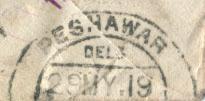

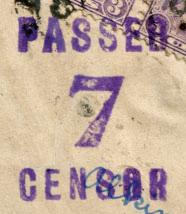
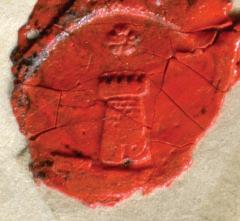

242 www.collectorsclub.org May-June 2023
Figure 13 (top). Vestiges of removed stamp visible below the row of perforations.
Figure 14 (above). Censor tape wax seal, embossed with tower and rose emblem.
Figure 15. Peshawar Censor Station marking number 7.
Figure 11 (above). “Via Pehsawar” added by British India post office on arrival in India in May.
Figure 12 (above right). Peshawar CDS, May 29.
postmark used for nondeliverable mail (Figure 16). The Peshawar direction markings were crossed out and “Afghan Post Office Closed” and “DLO Lahore” were noted in light red ink (Figures 17 and 18). The orange-red color of these inscriptions under ultraviolet light distinguishes them from “Via Peshawar,” which appears as a purplebrown color.

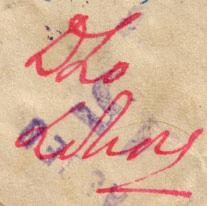

On the Afghan Frontier, both sides sought to end the fighting. The British In-dian government wished to end the war to deflect further disturbances within their own restive territories. On the Afghan side, fear of further bombings after the May 27 RAF raid at Kabul, drove Amanulla to send a letter to Lord Chelmsford seeking peace. He said he had ordered his troops to suspend hostilities, pending the start of peace negotiations “to discuss matters and conclude an honorable and dignified peace for both parties.”15 Such a conference would fulfill Amanulla’s March 3 demand that the British negotiate a new treaty of peace to replace the earlier Treaty of Gandamak, which had given Great Britain control over Afghan foreign affairs. Lord Chelmsford’s reply on June 3 welcomed the armistice and suggested Rawalpindi, away from the Frontier, as the location for peace negotiation. He ordered an immediate ceasefire on the British side.
June 3 is considered as the day the war ended, even though the Afghan tribes did not recognize the armistice and continued to harass British forces until they retired from Afghanistan in August.16
On June 4, the day after the armistice, the Lahore Dead Le tt er O ffi ce sent George Newton’s le tt er back to Peshawar, apparently in hopes the cease fi re would allow the Afghan post o ffi ce there to reopen. “DLO Lahore 4 Jun 19” and “Peshawar 7 Jun 19” postmarks were applied in the process (Figures 19 and 20). In Peshawar, the le tt er was opened once more by the Peshawar censor station and sealed with the same type of gray paper tape and same style purple “PASSED / 45 / [CENSOR]” used before (Figure 21). The Afghan post o ffi ce was still closed, in the event mail service with Afghanistan was not to be
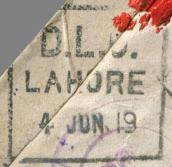
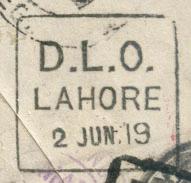
243 Volume 102, Number 3 Collectors Club Philatelist
Figure 19 (top). Lahore dead letter office, June 4.
Figure 20 (above). Peshawar CDS, June 7.
Figure 17 (top). “Afghan Post Office closed” added at Lahore, c. June 2.
Figure 18 (above). “Dlo Lahore,” c. June 2.
Figure 16. Lahore dead letter office, June 2.
reopened until 1921, so the le tt er was returned to the Lahore Dead Le tt er O ffi ce, which struck a “DLO Lahore 11 Jun 19” postmark and sent it down the line to Bombay (Figures 22 and 23). At Bombay the le tt er received a “DLO Bombay 16 Jun 19” postmark and a small boxed “INCONNU / UNKNOWN,” addressee unknown marking, and entered the international mails (Figures 24 and 25) P&O homeward mail steamers left from Bombay for Europe each Saturday. The Civil and Military
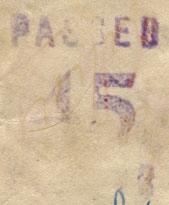
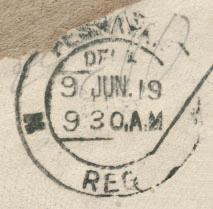


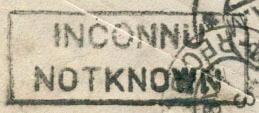
Gaze tt e (Lahore) shows the SS Nevasa departing June 21. It would have transported the le tt er to Marseille for further carriage across France and on to New York. If there was a delay at Bombay, the SS Plassy could have carried it to Marseille a week later on June 28. 17
The peace conference at Rawalpindi took place July 25 to Aug. 8, 1919. British views on the treatment of Afghanistan were sharply divided between the Secretary of State for India, Edwin Montagu (1879-1924) in London and Lord Chelmsford in India.18
Montagu’s opinion was that Afghanistan had lost the war and should be treated as a defeated power. Lord Chelmsford, recognizing the benefits to British India of a stable, independent Afghanistan, sought to meet the Afghan’s basic demands. He appointed Sir Hamilton Grant (1872-1937), an experienced diplomat sympathetic with his own views, to lead the British delegation. The Afghan delegation was led by Ali Ahmad, a minister in the Afghan government. The Afghans proved to be shrewd negotiators, operating as equals to the British team (Figure 26). The result was a treaty that neither asserted Montagu’s proposed strictures nor denied the Afghan’s demands. The treaty was signed on Aug. 8, without prior review in London. On the same day, a letter from Grant to Amanulla assured the Amir that “the said treaty and this letter leave Afghanistan officially free in its internal and external affairs.” In London, Montagu was displeased, but the treaty and the letter were faits accomplis. In spite of the reverses suffered by the Afghan military, Amanulla had achieved his foremost objective in starting the war. The peace settlement in the Treaty of Rawalpindi granted Afghanistan complete independence from foreign control.
244 www.collectorsclub.org May-June 2023
Figure 24 (above). Bombay dead letter office, June 19. Figure 25 (above right). [Addressee] “unknown” in French and English, c. June 19.
Figure 22. Peshawar CDS, June 9.
Figure 23. Lahore dead letter office, June 11.
Figure 21. Peshawar Censor Station marking number 45.
George Newton’s letter reached home waters just as negotiations of the Treaty of Rawalpindi began on July 25. The dates of arrival of two French Line steamers at New York, as listed in the New York Times “Shipping and Mails” reports, match the New York July 25 postmark struck when the letter was received. The SS Touraine left Le Havre July 15 and docked at New York harbor July 24, while the SS Rochambeau left Le Havre July 17 and arrived July 25. Either alternative is quite possible depending on the time the ship docked.19 The New York post office applied a July 25 transit marking, created a new registration number for a piece of registered mail matter entering the United States and handstamped this number, “19169,” on the front of the envelope. On the next day, the Hartford post office applied a July 26 arrival marking and delivered it to George [Figures 27, 28 here]. Although the letter had neither reached the intended destination city of Kabul, nor entered Afghan territory, during its 120-day journey it had accumulated 13 postmarks, including eight foreign ones, a foreign mail “unknown” marking, three manuscript directional markings in red ink and three purple censor markings. Whatever George’s expectations may have been when he posted the letter, the colorful display on the front side of the envelope must have come as a pleasant surprise.
It may be intriguing to ponder the subsequent history of the letter. How long did George keep the envelope? What may have become of it
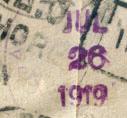

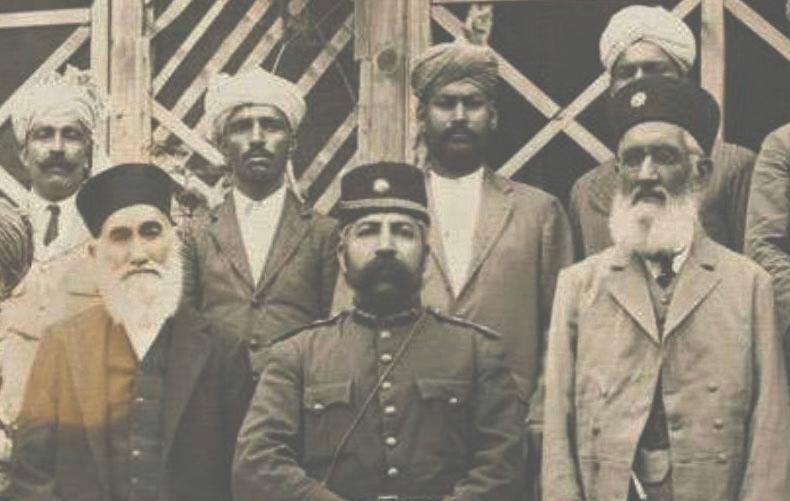
245 Volume 102, Number 3 Collectors Club Philatelist
Figure 26. Afghan delegates to the Rawalpindi peace conference. Left to right, Abdul Aziz Khan, Ali Ahmad Khan, head of delegation, Gholam Mohammad Khan Wardak, Syed Atif Raza, Treaty of Rawalpindi of 1919 one hundred years on.
Figure 27 (top). New York registry number assigned to incoming foreign mail, c. July 25.
Figure 28 (above). Lilac Hartford CDS, July 26.
after his death in 1924?16 Has the envelope been treasured in a collection over the years until it came into my hands in 2010, or was it just laid away in a box somewhere? Either way, a marvelous specimen of U.S. mail to Kabul in Afghanistan has come down to us, an example of pre-UPU mail that should have been sent via the Afghan postmaster at Peshawar for transport into Afghanistan, but was diverted by an unexpected war, held in British India, censored and, having never reached Afghanistan, returned to the United States undelivered.
Endnotes.
1. United Sates Official Postal Guide, July 1918, Section 171, page 136.
1a. Postal Guide, July 1926, “Rates and conditions,” page 169.
1b. New York Times, “Shipping and Mails,” March 30, April 1 and April 26, 1919.

2. Paul Bucherer and Bill Woodburn, “Treaty of Gandamak,” Phototecha Afghanica, Bubendorf: 2012, Treaty Article 3.
3. Mahmoud Hanfidi, “Connecting Histories in Afghanistan,” www.gutenberg-e.org/hanifi/ chapter4, page 25.
4. Brian Robson, Crisis on the Frontier: The Third Afghan War and the Campaign in Waziristan 1919-1920, Brimsconbe Port: Spellmount, 2004, used throughout the historical narrative.
5. Robson, page 10.
6. “The 1919 War of Independence (or third Anglo-Afghan War),” Afghanistan Analysts Network, //www.afghanistan-analysts.org

7. Robson, page 24.
8. “Handley Page V/1500,” https://en.wikipedia.org/wiki/Handley_Page_V/1500.
9. Robson, pages 48-50.
9A. Civil and Military Gazette (Lahore), “Shipping Movements,” May 11, page 6 and May 21, page 6.
10. Frederick Martin, et. al., The Statesman’s Year-book, 1916, vol. 53, page 666.
11. Manohar Lal, Indian Censorship Series II: Postal History of 1. Censorship in Baluchistan and N.W.F.P 2. Punjab Disturbances Censorship May 1919, 3. Censorship during the Red Shirts Civil Disobedience Movement, published by the author, 1996, page 73; also Alan Baker, A Catalogue of Indian Censorship 1914-1920, Chevril Press, 1994, page 18.
12. Robson, page 127.
13. G.N. Molesworth, Afghanistan 1919, Bombay: Asia Publishing House, 1962, pp. 93-95.
13a. Civil and Military Gazette (Lahore), “Shipping Movements,” June 25, page 14 and July 1, page 8.
14. W.H. Hale, Afghanistan, Britain and Russia 1905-1921, dissertation, Canberra, 1966, pp. 258265; Robson, pages 130-136.
15. New York Times, “Shipping and Mails,” July 25 and July 26, 1919.
16. Information about George Newton, Jr’s life is from www.ancestry.com
www.collectorsclub.org/the-collectors-club-library/
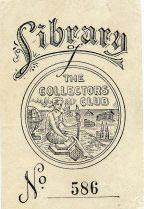
246 www.collectorsclub.org May-June 2023
Don’t forget! Our library is a great member resource with online availability - wherever you are.
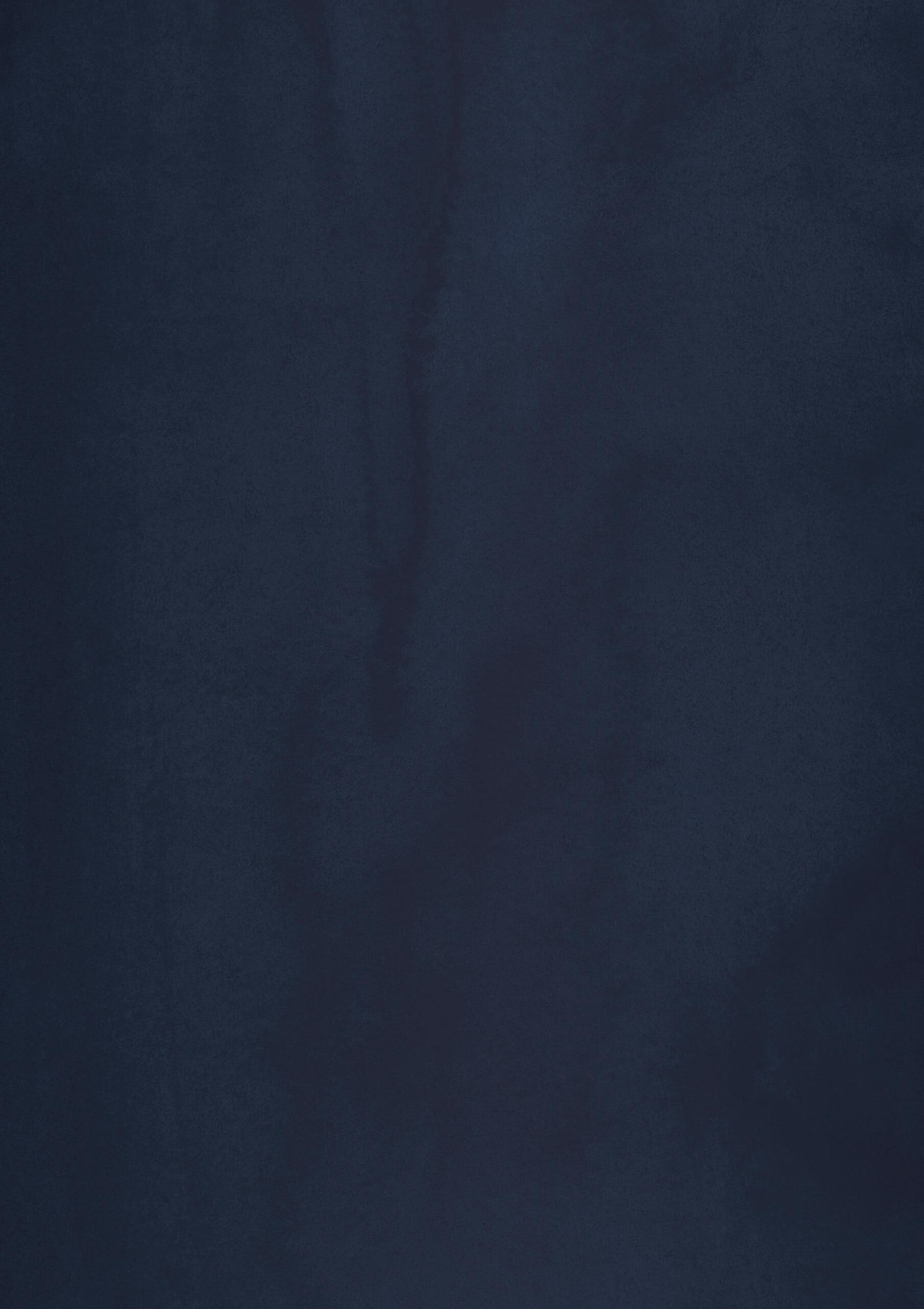

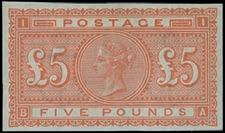

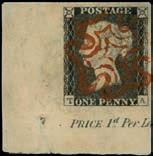


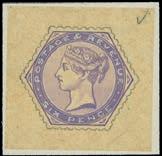
247 Volume 102, Number 3 Collectors Club Philatelist Assembled over the last 50 years, this specialised collection of Victoria includes some of GB’s great rarities and reflects the depth of study John Phillips undertook in building this collection. The J.W. Phillips Collection of Great Britain will be offered by Stanley Gibbons in three parts over the next 12 months, starting on July 18th. Please email thephillipscollection@stanleygibbons.com to register your interest The J.W.Phillips Collection PART 1 18th July 2023 /StanleyGibbonsGroup @StanleyGibbons @StanleyGibbons @StanleyGibbons1856
Noted in Passing on the Auction Block
Matthew Healey
What follows are a few notable items from recent auctions that were advertised in the Collectors Club Philatelist. Members who do business with these firms should be sure to thank them for their support of the CCP. If you have spotted – or personally bought or sold—an item you feel is worthy of inclusion in the next round-up, no matter the price, please drop a note to secretary@collectorsclub.org
Sweet Grapes of Philadelphia
$8,850
H.R. Harmer, New York City, Van Koppersmith collection of Philadelphia postal history, Mar. 28-29, Lot 2195. Advertised in CC Philatelist Vol. 102 No. 2. Further details at www.hrharmer.com
As one of the principal seaports on the eastern seaboard of the United States in the 18th and 19th centuries, Philadelphia played a key role in the commercial – and postal –development of this country during its formative decades. That this development is richly documented in postal history caught the attention of Van Koppersmith, an entrepreneur and collector, and he assembled hundreds of items related to mails in and out of the city. In some cases, the significance of a given cover stems from its attractive or unusual handstruck markings; in others, from a manuscript notation about a particular rate or route or, occasionally, thanks to something special about the letter’s sender or recipient. This 1857 cover to France, on which bidding opened at just $300, was described by auctioneer Charles Epting as one of two “unexpected realizations” in the sale (the other being a cover with a particularly fine strike of the famous red “full rigged ship” marking that fetched $35,400). This envelope has a charming embossed corner card from La Pierre House, then a newly-opened luxury hotel in Philadelphia, featuring grapevines and the name of Ward & Bro, probably a merchant situated in the hotel. A Sept. 12 CDS with integral ‘Paid 12’ rate and matching ‘Paid 30’ alongside, together with a boxed ‘P.D.’ (paid to destination) and French entry, Paris transit and Lyon arrival date stamps make for a delightful and colorful stampless cover – in Epting’s words, “equal parts aesthetics and rarity.” (Realization includes 18% buyer’s premium.)
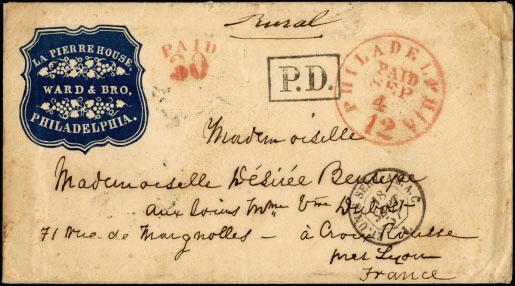
248 www.collectorsclub.org May-June 2023
Coasting Away
$4,025
Victoria Stamp Company, Sharon Springs, N.Y., Public Auction No. 40, April 15-16, Lot 351. (advertised in CC Philatelist Vol. 102 No. 2) Further details at www.victoriastampco.com
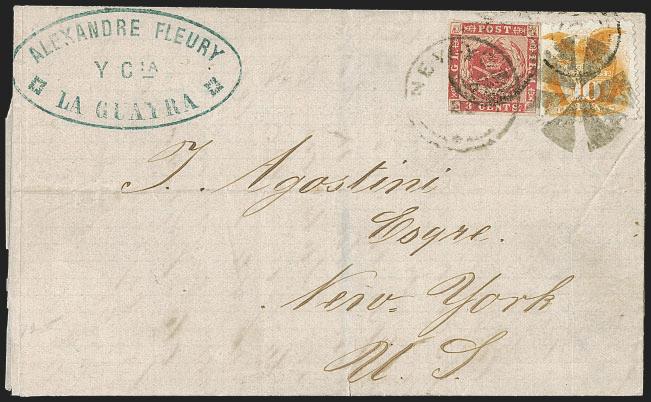
A large part of the fun of philately is figuring out just what you’ve got, especially when the standard catalogs are of no help. So it is with the first design adopted for the British colony of Gold Coast (now Ghana), found on 20-odd stamps between 1875 and 1891. The 2d value, inscribed “Two Pence” across the base of the design, was issued first in green and then, when that color was co-opted by the Universal Postal Union for the ½d international printed matter-rate stamps, reissued in slate or gray. Lo and behold, we have here an example in gray with the wording of value absent. “Originally believed to be an error of omission, now known to be a trial color as found on the Appendix Sheet,” according to Phoebe MacGillivary, the auctioneer, referring to a De La Rue archival page and explaining why this stamp won’t be found in the Scott catalogs. Certified by the Philatelic Foundation and formerly residing in the Dale-Lichtenstein collection, this handsome enigma brought a handsome price. (Realization includes 15% buyer’s premium.)
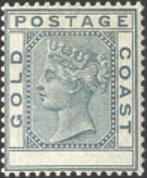
A Caribbean Legend
$94,400
Robert A. Siegel Auction Galleries, New York, The Jeffrey M. Forster collection of the 1869 Pictorial issue used on international mails (Sale 1282), April 18, Lot 1039. Advertised in CC Philatelist Vol. 102 No. 2. Further details at www.siegelauctions.com
249 Volume 102, Number 3 Collectors Club Philatelist
The 1869 Pictorial issue maintains a special hold on collectors’ imaginations. Jeff Forster (1945-2022) was an attorney and prominent exhibitor and writer on U.S. classics who specialized in the 1869 issue for nearly 50 years, producing many specialist articles and taking a lead role in groups devoted to the study of the issue. Charming, different in many ways from other classic stamp issues and comparatively shortlived, the 1869s offer a range of opportunities for specialized study, not least in the realm of postal history. Uses to (and from) overseas destinations are among the most desirable. Then there is the vanishingly rare category of combination frankings with other countries’ stamps. Remarkably, considering its subsequent incorporation as a United States territory, the Danish West Indies (today the U.S. Virgin Islands) yielded only a single-known surviving cover, bearing a combination of D.W.I. and U.S. 1869 Pictorial stamps – and this is it. According to Michael Laurence, another leading collector of – and author of a book on – 10¢ 1869 covers, this cover, originating in La Guaira, Venezuela, traveled privately to St. Thomas. There, a 3¢ D.W.I. stamp paid the transit postage (most letters saw that fee paid in cash). It was put in the mails and carried on a U.S.-Brazilian steamship to New York, the 10¢ yellow paying the contract ship rate to the United States. According to auctioneer Scott Trepel, Forster acquired this “dream” cover in 2006 when the widow of its previous owner, Elliott Coulter – a friend and mentor of Forster’s – offered it for sale, also through Siegel. (Realization includes 18% buyer’s premium.)
$5,015
Schuyler Rumsey Philatelic Auctions, San Francisco, The Westpex Sale: Frederick Freeman collection of Philippines, April 27, Lot 881 (advertised in CC Philatelist Vol. 102 No. 2). Further details at www.rumseyauctions.com
Chasing errors and varieties is an integral part of philately, and some issues present more opportunities for this than others. When Queen Isabella II was ousted from the monarchy by a military coup in 1868, it was decided in the interim, before new stamps could be produced, to overprint existing stocks depicting the queen with the words “Habilitado por la Nacion” (Validated by the State). Handstamp dies for this purpose were prepared in Madrid and distributed to the colonies, where they were hastily applied by local employees with little instruction. As a result, collectors can find the overprints reading up, down, diagonally, inverted and even doubled. Some of the Philippine stamps bearing this validation handstamp are relatively plentiful, while some are rare; the 5 cuartos (centavos? centimos?) vermilion is one of the latter, with just five mint examples

250 www.collectorsclub.org May-June 2023
A Philippine Fillip
known, according to Rumsey, of which this original-gum pair constitutes 40% of the population, as well as the only-known multiple. The haphazard, hand-stamped nature of the overprint is clear from the left-hand example in the pair, which is both inverted and lightly doubled, the only variety found on this denomination. (Realization includes 18% buyer’s premium.)
C$2,489
Eastern Auctions, Bathurst, N.B., The James R. Taylor collections of St. Pierre and Miquelon, May 25-27, Lot 66 (advertised in CC Philatelist Vol. 102 No. 2). Further details at www.easternauctions.com
France’s “Navigation and Commerce” colonial issue of 1892-1900, also frequently referred to as the “Group Type” or the “Tablet” issue, was deployed across more than two dozen territories, including the tiny, remote outpost of St. Pierre et Miquelon, off the southern coast of Newfoundland. Jim Taylor, who is one of the leading specialists in the philately of this fascinating place, has begun to offer items from his collection. These range from early stampless letters through to modern issues, encompassing French colonial types, early pictorial issues, wartime “France Libre” issues, all the way up to modern times. The magnificent parcel front shown above has a significance beyond the small colony it emanated from: at 14 francs, 35 centimes, it is the largest-reported Navigation and Commerce franking from any colony, its 27 stamps forming a colorful garland around the address. Even more remarkable, it was mailed on July 31, 1914 – just three days before the outbreak of World War I – reaching Paris in two and a half weeks. (Realization includes 18.5% buyer’s premium.)
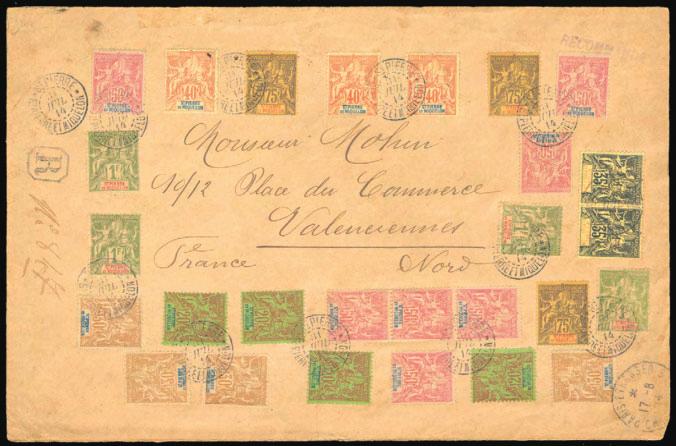
251 Volume 102, Number 3 Collectors
Club Philatelist
French Colonial Extravaganza
Book Reviews

Various Authors, Seuchen und Handel – Epidemie e Commercio, Bolzano, November 2022, in Italian and German, paperback (8¼ by 10½ inches, 27 by 20 cm), 151 pages, full color, €15 + postage. For orders, contact Elisabetta.Carnielli@handelskammer.bz.it.

This volume is Notebook No. 12 of the Bolzano Mercantile Museum, in collaboration with the local chamber of commerce; its main purpose is to explore the various aspects presented by the splendid exhibition Epidemics and Commerce inaugurated on Nov. 16, 2022, at the Mercantile Museum of Bolzano, which will remain open until Sept. 9, 2023. This is a decidedly commendable initiative for having extended the opening of the exhibition to almost 10 months. The curator is Helmut Rizzolli, who is valiantly assisted by the brilliant collaboration of Dr. Elisabetta Carnielli.
Visitors will notice that the horrendous advent of the plague and subsequent pandemics spurred the authorities of Bolzano to try their hands at limiting the consequences on the population and on local and transalpine travelers and traders whose contribution to the local economy was decidedly appreciable in the 16th century. In fact, Leandro Alberti in his Description of all Italy confirms that “one of the main characteristics of the city of Bolgiano was precisely that of being the crossroads of traders from most of Europe.” Bolzano had gradually achieved this notoriety starting from the dawn of the second millennium – so much so that in the 13th century we find evidence of Bolzano’s fame as a focal point for setting up regular international fairs. For such a development, a suitable and well-articulated legal regulation through statutes was needed, as well as the granting of special benefits and advantages.
These coveted concessions were granted by the princes of the house of Habsburg. In 1635, the Archduchess Claudia de’ Medici, at the time regent of Tyrol, bestowed a mercantile privilege by establishing the new Bolzano Fair. In 1633, Claudia established the mercantile magistrate of Bolzano, which later found a place in the mercantile palace. After some tune up, in 1635, the mercantile privilege or regulation was published with a bilingual text, also because Italian was the lingua franca for European trade. For his part, historian Claudio Marsilio seems to suggest that the failure of the Verona fairs could be partly attributable to the currency exchange deals held in Bolzano; moreover, according to the admission of the same author, Bolzano’s efforts were concentrated on the impor-
252 www.collectorsclub.org May-June 2023
tation of goods that enjoyed solid demand in the major cities.
Michl Ebner, president of the chamber of commerce of Bolzano, points out that “the exhibition and the accompanying catalog focus on the close relationship between trade and epidemics of the past.”
Maurizio Rippa Bonati guides us into the world of travel and the related health risks for travelers: “... yesterday as today, there were diseases that caused particular concern far away from what we can generically define ‘home’... ” The author introduces the reader to vast and exhaustive literature on travel, including postal guides, among which those of Ottavio Codogno stand out. Among other things he observes that “ ... until now less attention has been paid to the movements of merchants, often protagonists of a periodically repeated commute, which could be defined with a neologism such as ‘peregrinatio oeconomica.’” This important essay provides unexpected details, even for those who have done research and studies on the effects of epidemics on commerce and travelers, including those of historical and literary standing: "Still Montaigne, having arrived in the Po Valley, observes that ‘without bills of health we received in Trento and confirmed in Rovereto we would never have entered the city [Verona].’”
Time proven
Showgard® Mounts...
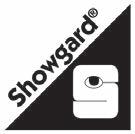
–Showgard Mounts are the choice and recommendation of experienced collectors.
Federico Pigozzo tells us about the origins of the Black Death and its impact on the trade routes that at that early stage connected China to the Black Sea and Samarkand and Buckhara to the Mediterranean. After rescuing the Genoese brothers besieged in Caffa, they headed towards the homeland shores, infecting Constantinople, Messina and Marseilles in transit. Moreover, Genoa had the wisdom of forbidding access to its port. In no time, the plague reached Turkey and Greece and then Alexandria of Egypt and Cyprus.
–For over 25 years Showgard Mounts have proven perfectly safe for stamps under every climatic condition in all parts of the world.
–It is a philatelic fact that collectors switch to Showgard Mounts as they gain in experience. It’s a sensible idea to start and save with Showgard Mounts. At dealers everywhere. Available with Dark Display or clear see-through background.
For Free Sample and Size Gauge
Please Write
VIDIFORMS CO. INC.
Showgard House
115 North Route 9W
Congers, NY 10920
The catalog of this exhibition also introduces us to the Venetian theriaca, an ancient drug with a unlimited powers with its 63 ingredients, including viper meat and opium, this remedy and its effects are examined by the scholar Eugenio Ragazzi: its preparation “ ... was permitted only in authorized pharmacies ... through a public ceremony.” The essay concludes with eight pages devoted to the
253 Volume 102, Number 3 Collectors Club Philatelist
components of theriaca according to ancient recipes. Early postal history pops out with a 13-page essay dedicated to the post and epidemics, written by the top brass of the Italian Academy of Philately and Postal History, i.e. Thomas Mathà and me. In the 18th century, a decline in the incidence of the Black Death began to be noticed, and was attributed “to the tenacity of the Italian health authorities and by extension to the preventive, methodical and effective measures adopted by an Austria even more on the alert due to its trade with the Levant and the its extensive borders with the Ottoman Empire.” The disinfection of mail was introduced in the Papal States in the mid-16th century and, during the first decades of the 18th century, Ludovico Antonio Muratori expressed skepticism about the effectiveness of the procedure: “The disinfection of mail using fumigations and vapors produced by various substances was called ‘perfuming’ ... Another methodology for internally disinfecting the letters was to make cuts or holes that allowed the inner sheets to be fumigated without breaking the seals of the epistles.”
Helmutt Rizzolli offers us a 360-degree overview on facets of the main themes: “... trade routes, routes of contagion and the impact of the plague on Bolzano and its territory.” The presentation is divided into various perspectives: population growth and foundation of the city before 1350; globalization and the Black Death in the 14th century; the Black Death in Bolzano; epidemic diseases before 1580; the spread of petechial typhus in the 17th century; health passes, such as the modern Green Passes, were systematically used for goods, people and livestock; the health records as precious documents of Bolzano’s mercantile activity; a collection of 63 health records as a valuable source for economic history.
This section is followed by a brilliant essay by Simona Nardi on art in the times of the plague: between mourning and hope. It is a detailed examination through examples of local sacred art from the Middle Ages to the mid-17th century. The 14th-century fresco by the first Dominican master prophetically titled The Triumph of Death has a remarkable visual impact and it is easy to understand the motive that destined it to the cover of this fascinating and elegant volume.
The reader may consider himself/herself lucky because we are still a few months away from the closure of this fascinating exhibition; witness the splendid work carried out by the organizers of this cultural initiative of considerable importance especially in our post-Covid era.
— Giorgio Migliavacca
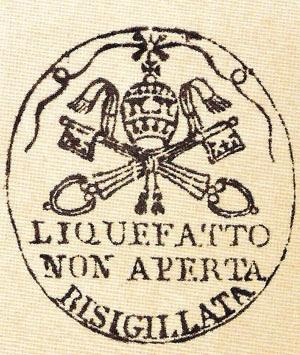

254 www.collectorsclub.org May-June 2023
A seal (both device and impression), from the Papal States, indicating an item had been disinfected.
The Collectors Club
Membership Update: April 21, through June 27, 2023.
Approved by the Board of Governors:
May 30, 2023
Non-Resident: Kohlhaas, Dr. Charles El Paso, Texas
June 27, 2023
Resident: Levine, Dr. Jeffery M. New York, N.Y.
Non-Resident: DeBolt, William Dean Pensacola, Fla.
Final dues notices for 2023 have been sent. If you would like to update your contact information, please contact Executive Secretary Andrea Matura at: info@collectorsclub.org


We look forward to seeing you in person at GASS (Great American Stamp Show), Chicagopex or at an upcoming electronic meeting.
Please advise our office of address changes or other membership updates in a timely manner at info@collectorsclub.org
Respectfully submitted, Mark E. Banchik, Membership Co-Chair Lawrence Hunt, Membership Co-Chair
All Collectors Club presentations are currently held online, via ZOOM, beginning at 5:30 p.m. (Eastern). Although there is no cost, pre-registration is necessary.
255 Volume 102, Number 3
Collectors Club Philatelist
Please Remember ...
Those
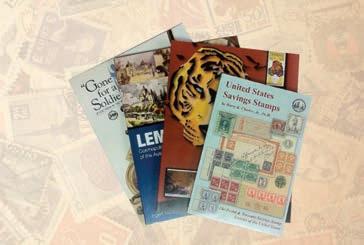


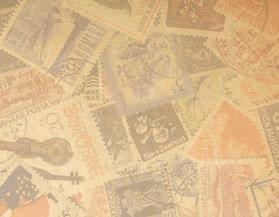
If
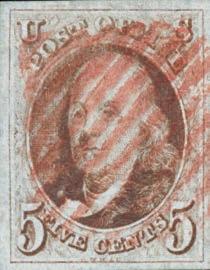


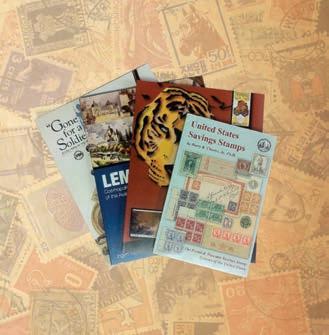
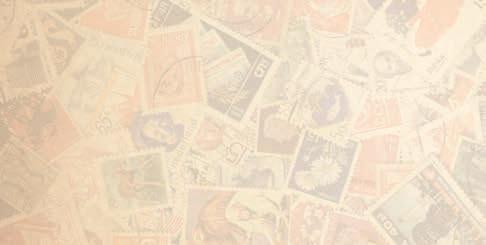



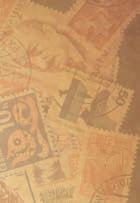

256 www.collectorsclub.org MEMBER
Index to Advertisers
who advertise in the Collectors Club Philatelist are supporting both our organization and the hobby in general.
you purchase stamps or covers from these fine companies, please let them know you saw their ad in the CCP. Page Advertiser Fr. Inside Colonial Stamp Company 202-203 Corinphila Auctions Ltd. 223 Eastern Auctions, Ltd. 234-235 David Feldman 199 H.R. Harmer, Inc. 224-225 Heinrich Köhler Page Advertiser 211 Le Timbre Classique Inside Back Cvr. Schuyler Rumsey Back Cover Robert A. Seigel 256 Minuteman Press 247 Stanley Gibbons 253 Vidiforms Co., Inc.
SCHUYLER J. RUMSEY AUCTIONS IS PROUD TO ANNOUNCE THE SALE OF:
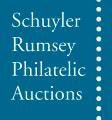
THE DR. MANUEL CESAR IGLESIAS COLLECTION OF MEXICO
This important collection will be offered in the of Fall 2023
The Dr. Igelsias Collection of the Mexico features the 1856 and 1861 Hidalgo Issues and is one of the finest ever formed. There is virtually every district present, both on and off cover, with a stunning array of cancellations. Visit our website for coming information regarding this exciting auction.
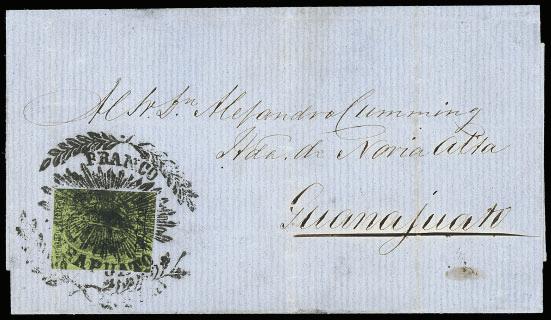
415 781 5127 srumsey@rumseyauctions.com visit us at www.rumseyauctions.com
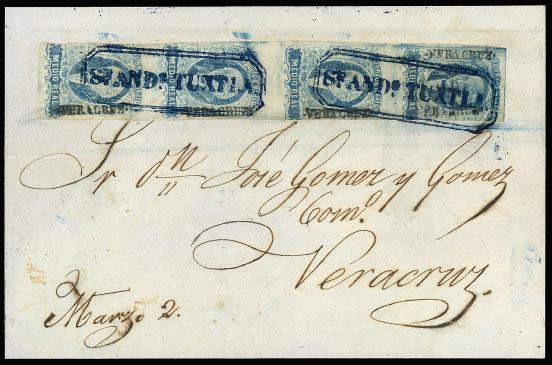
The Kenneth D. Gilbart Collection United States 10¢
1861
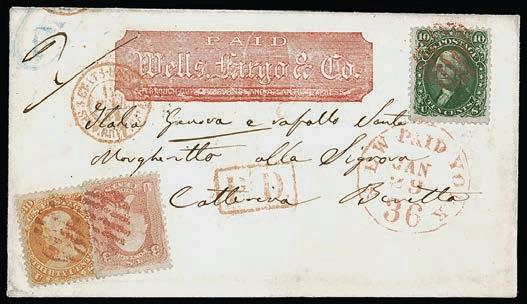

Issue
The award-winning exhibit collection formed by well-known U.S. Classics researcher and author Ken Gilbart will be offered in September.
For online listings and sale information, go to siegelauctions.com
For buyers or sellers, Siegel Auction Galleries offers unparalleled expertise, a worldwide client base, financial reliability, intelligent marketing, and the best internet resources and search tools.
ROBERT A. SIEGEL AUCTION GALLERIES, INC.

America’s premier stamp auctioneer since 1930

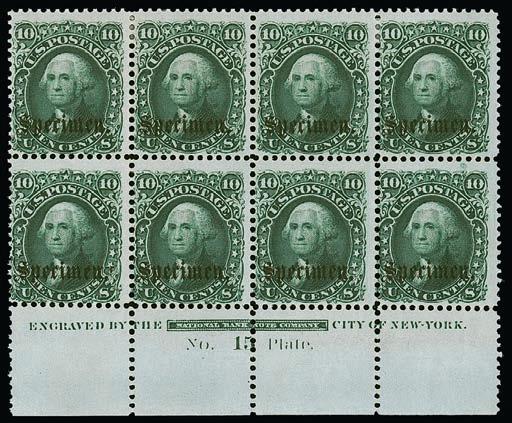


21 WEST 38TH STREET, 7TH FLOOR, NEW YORK, NY 10018
Phone (212) 753-6421 • Email: stamps@siegelauctions.com


















































































































































































































